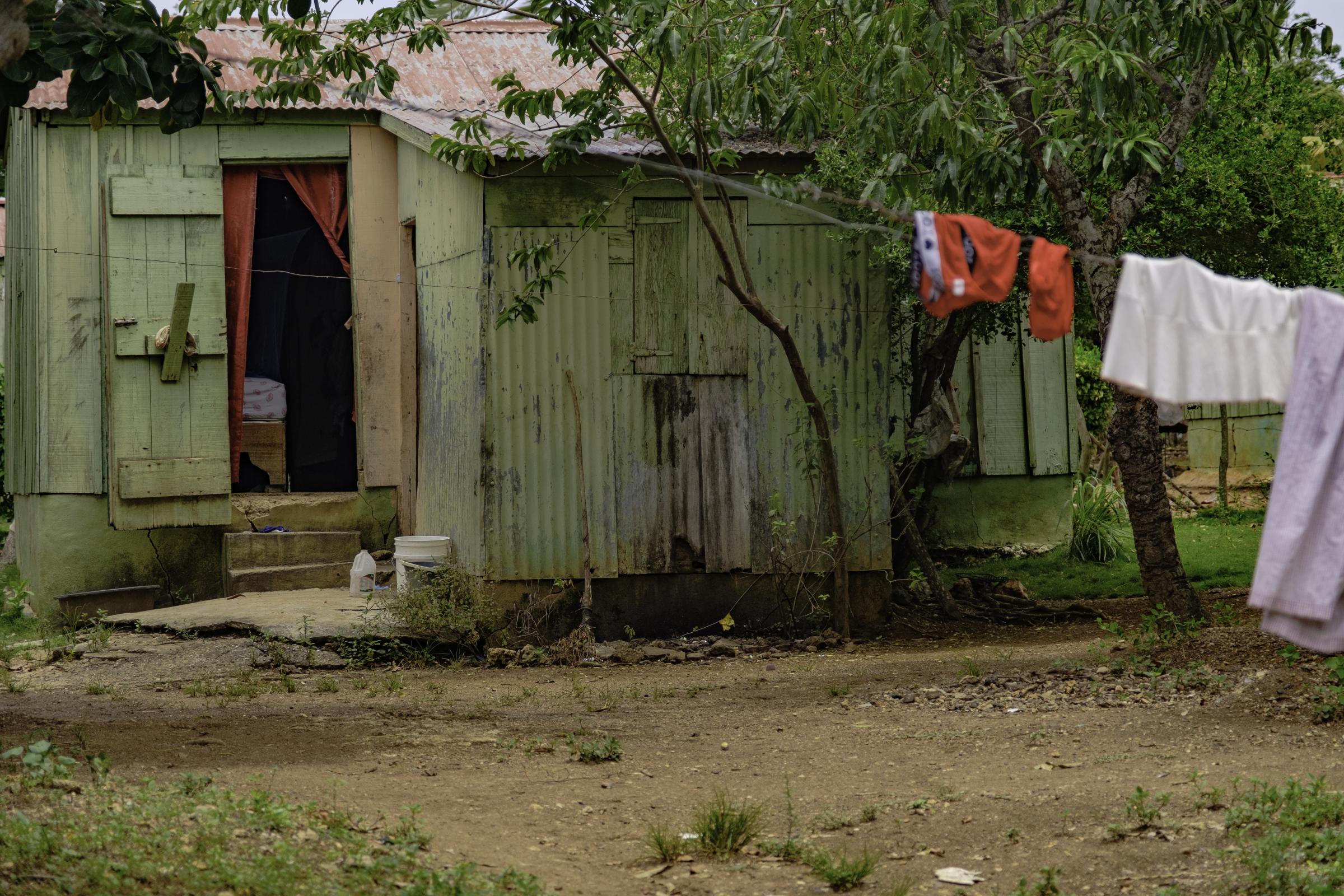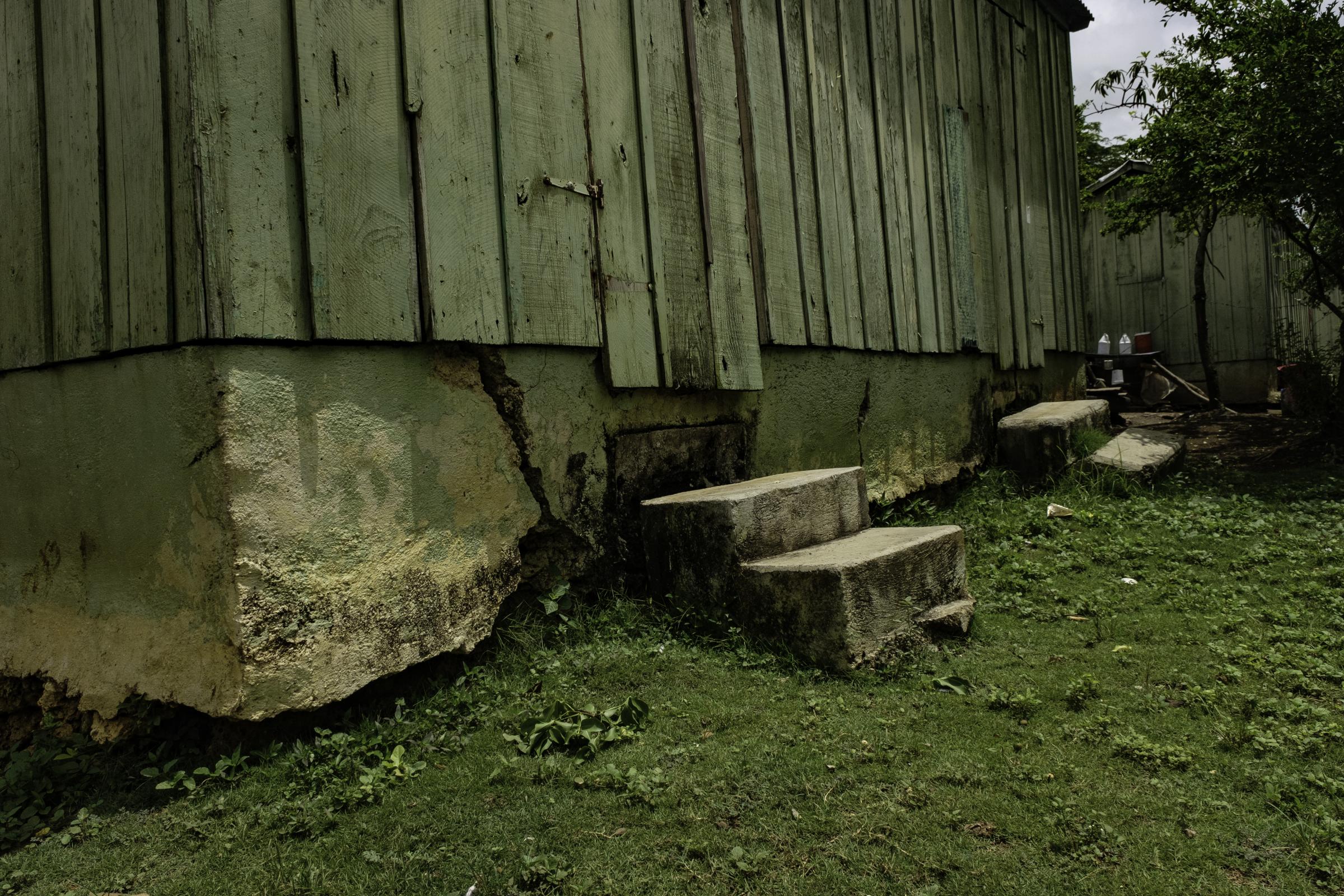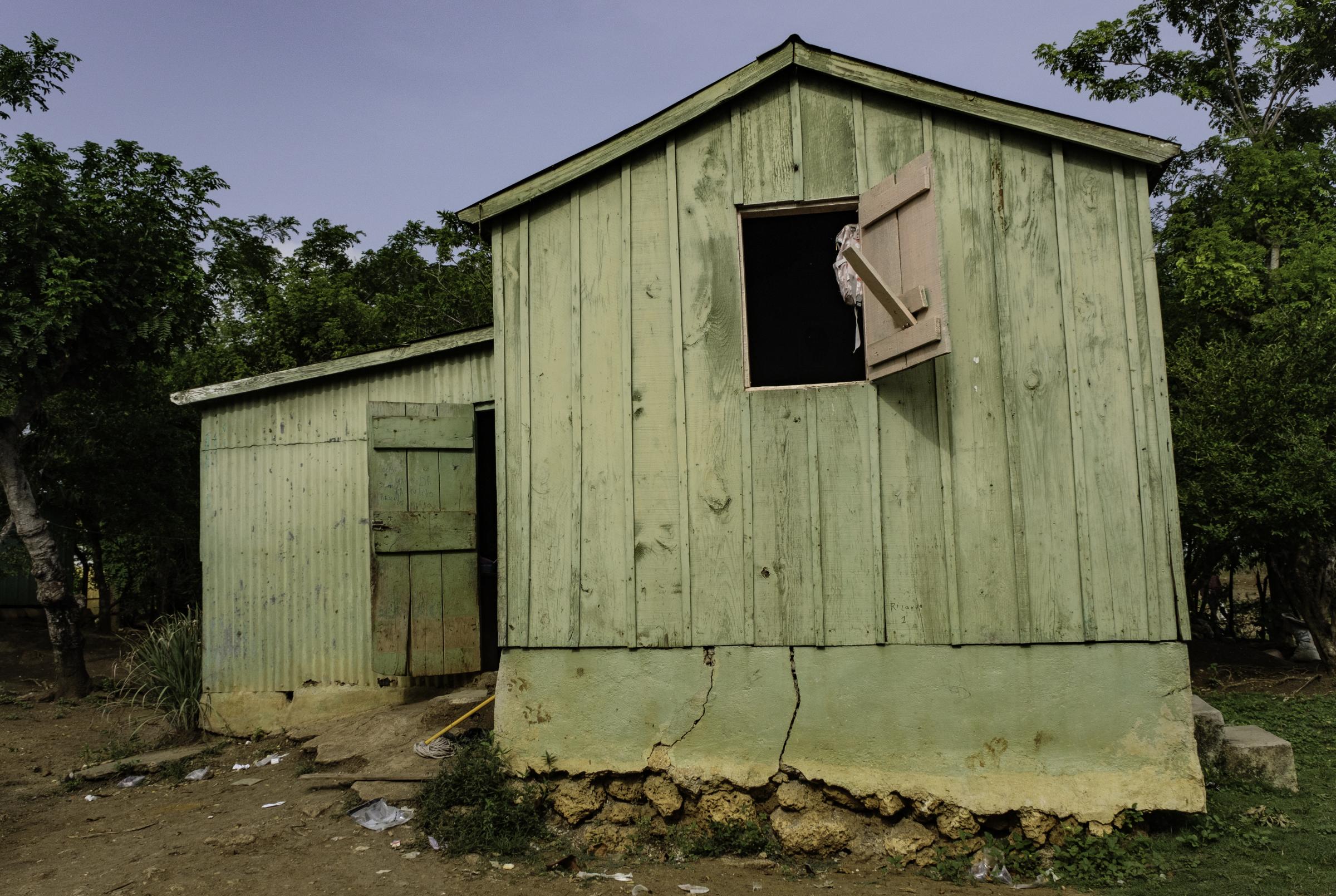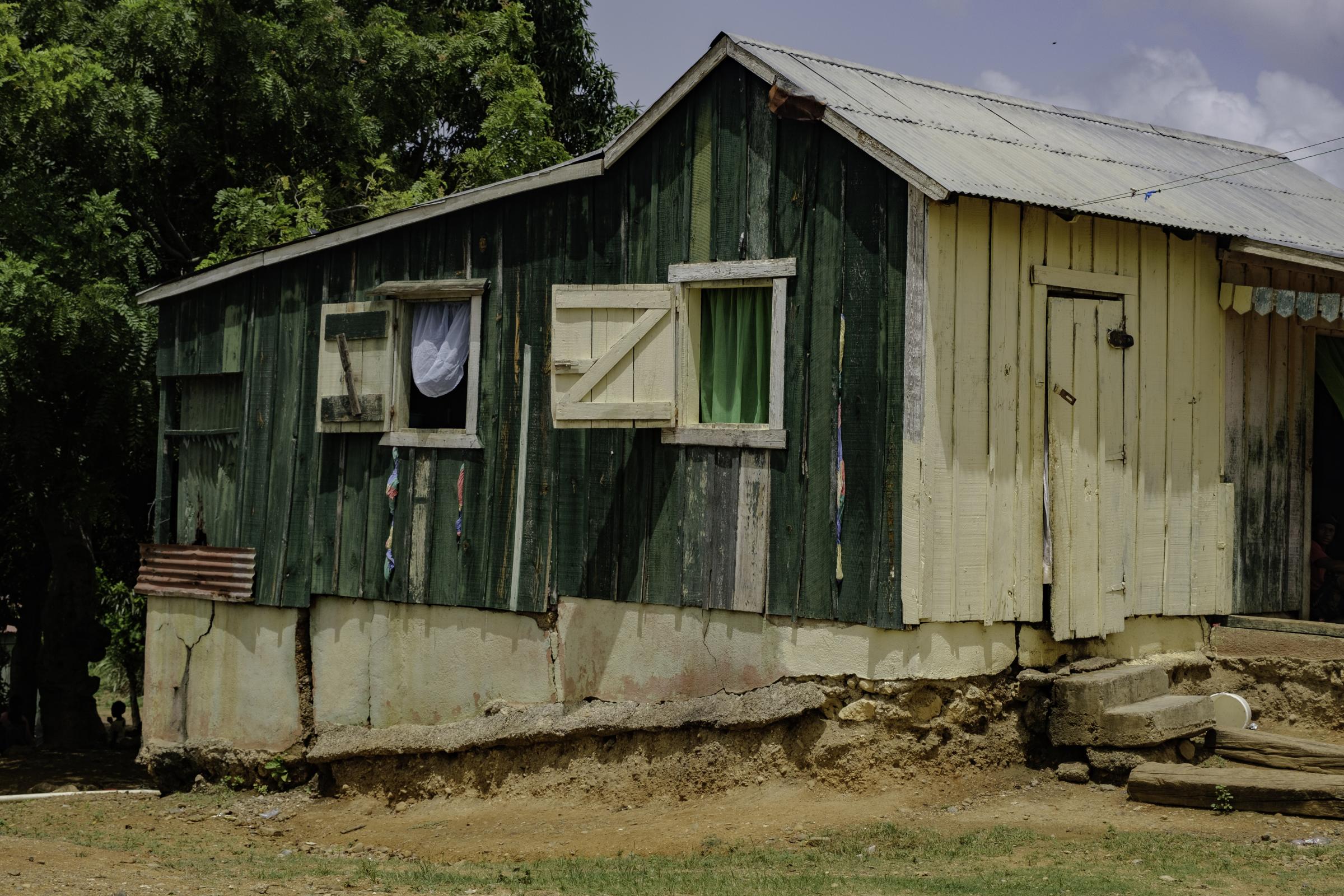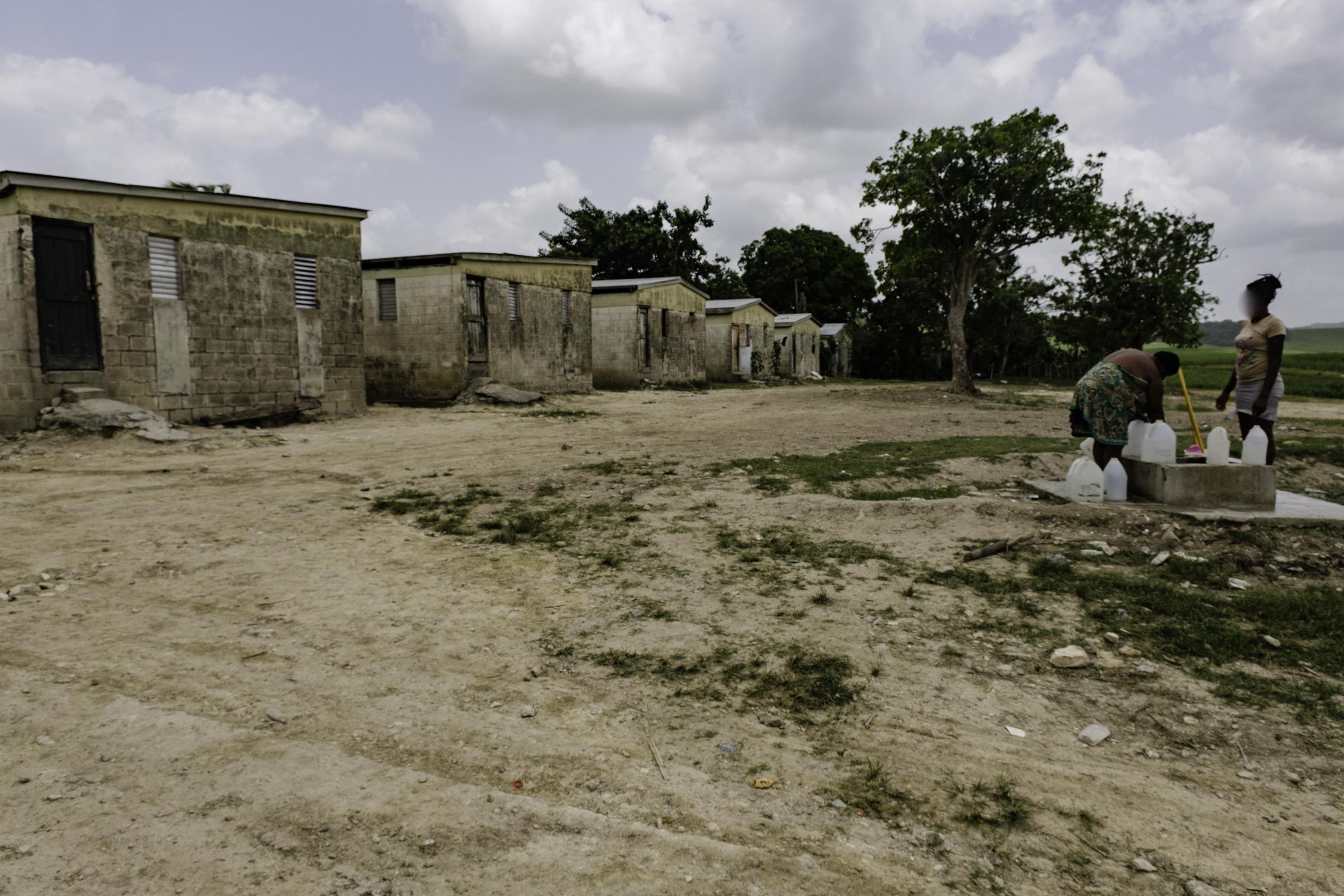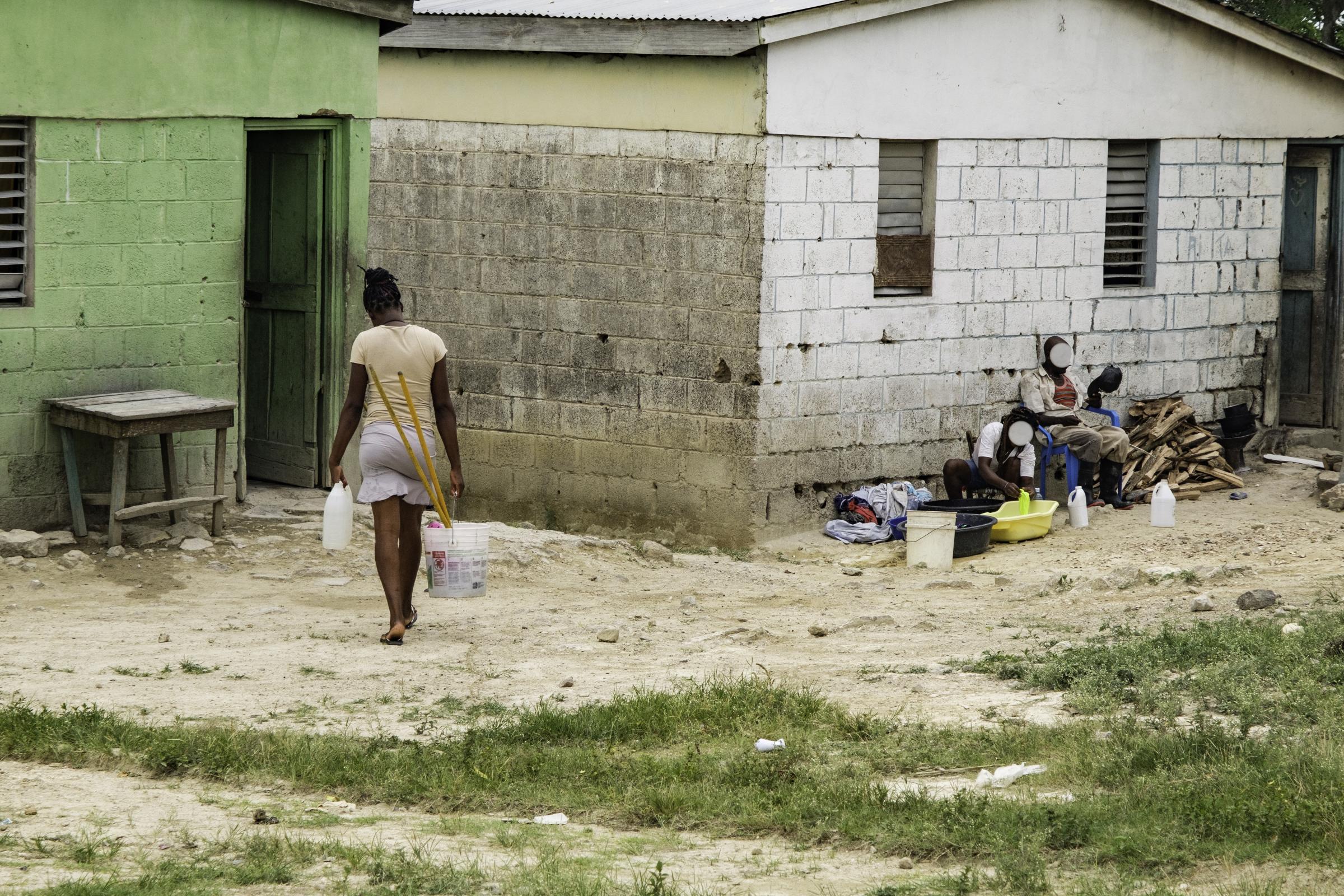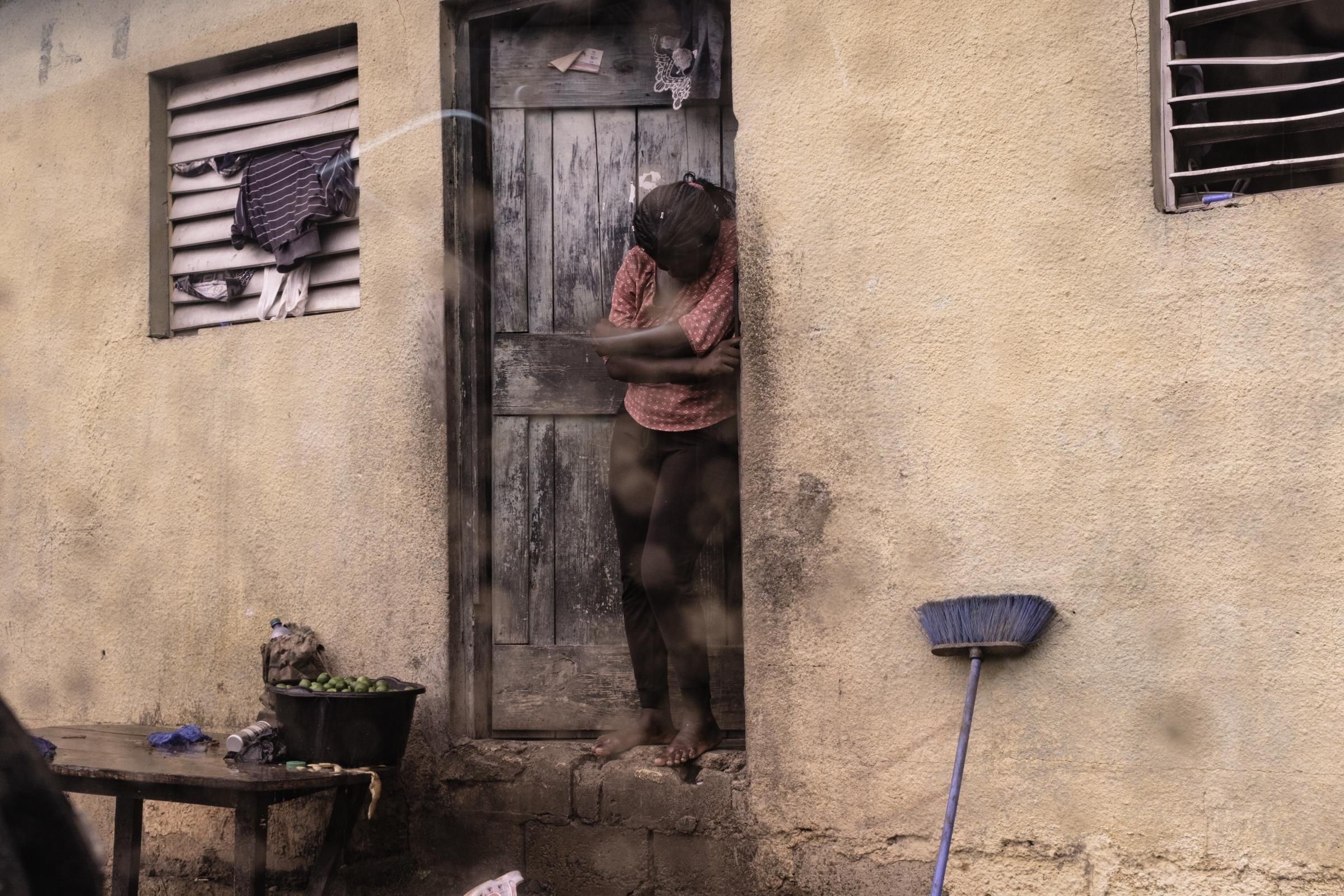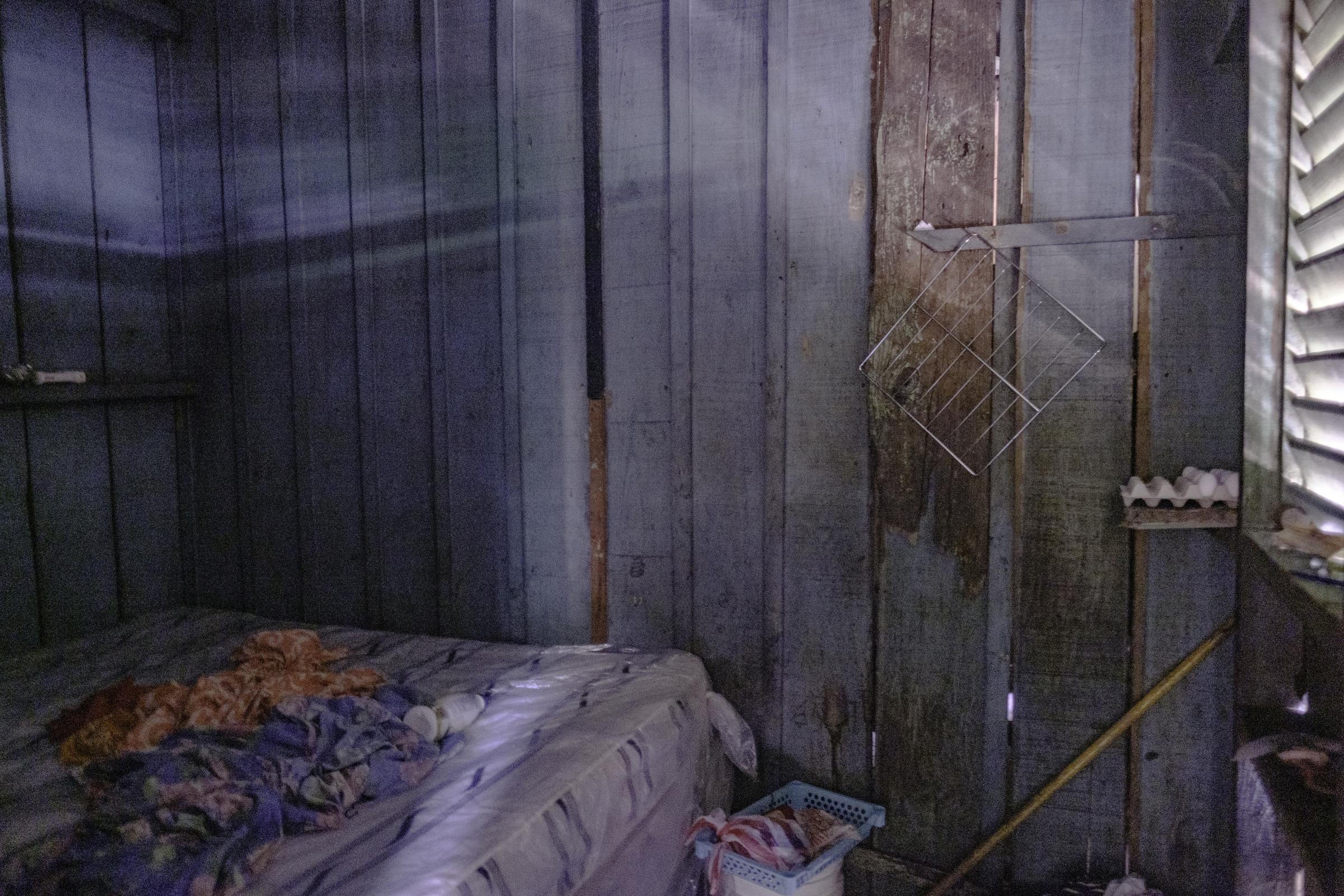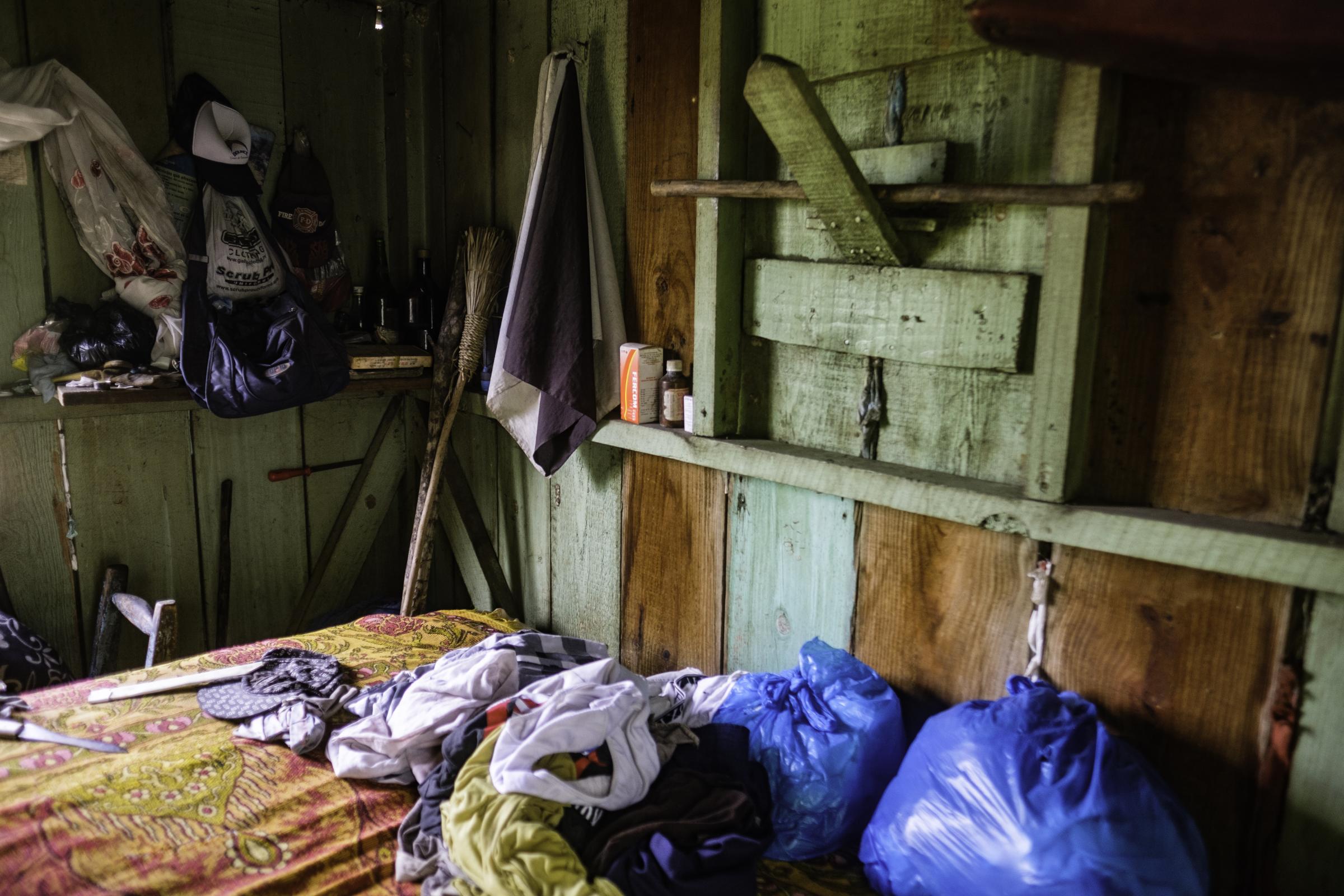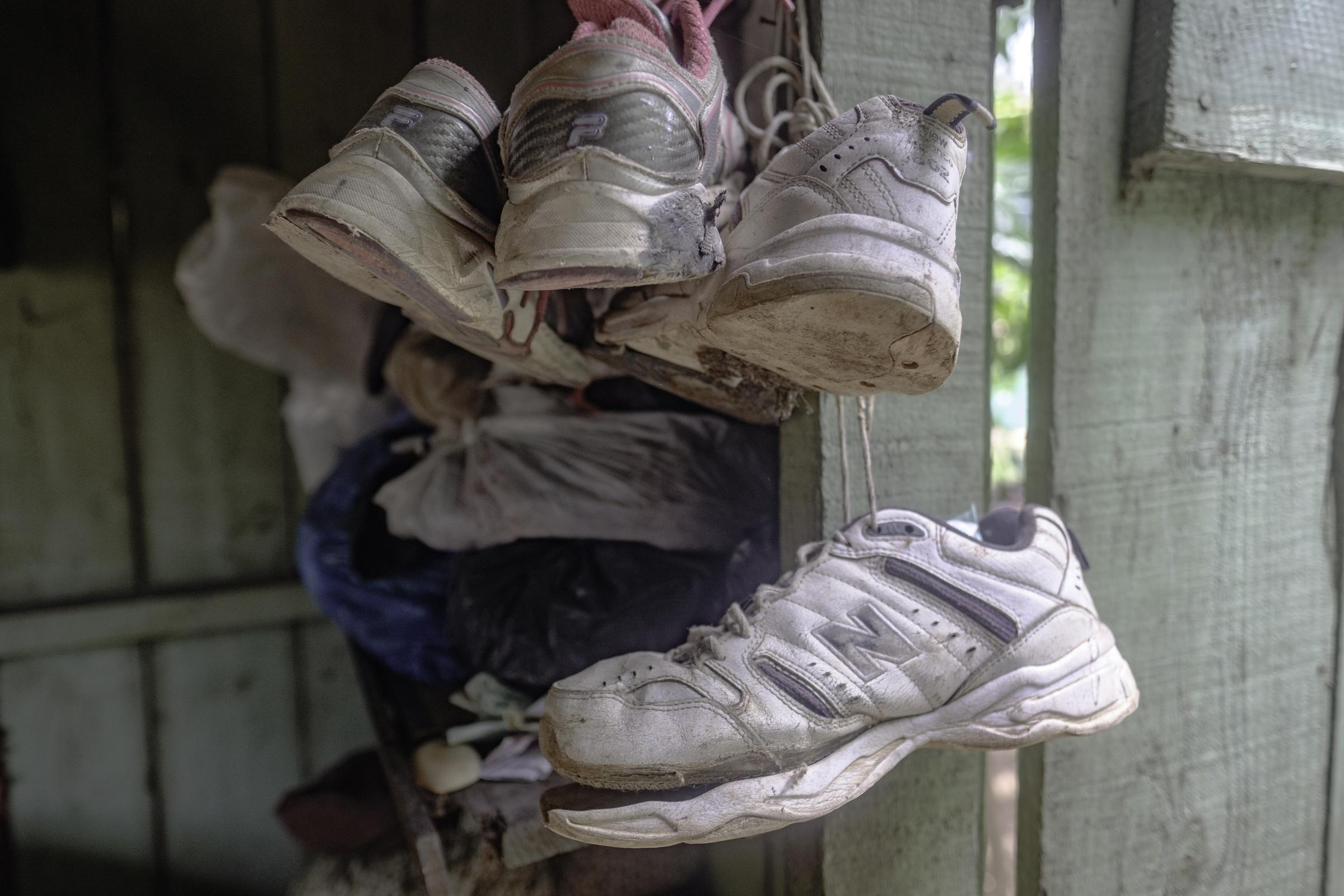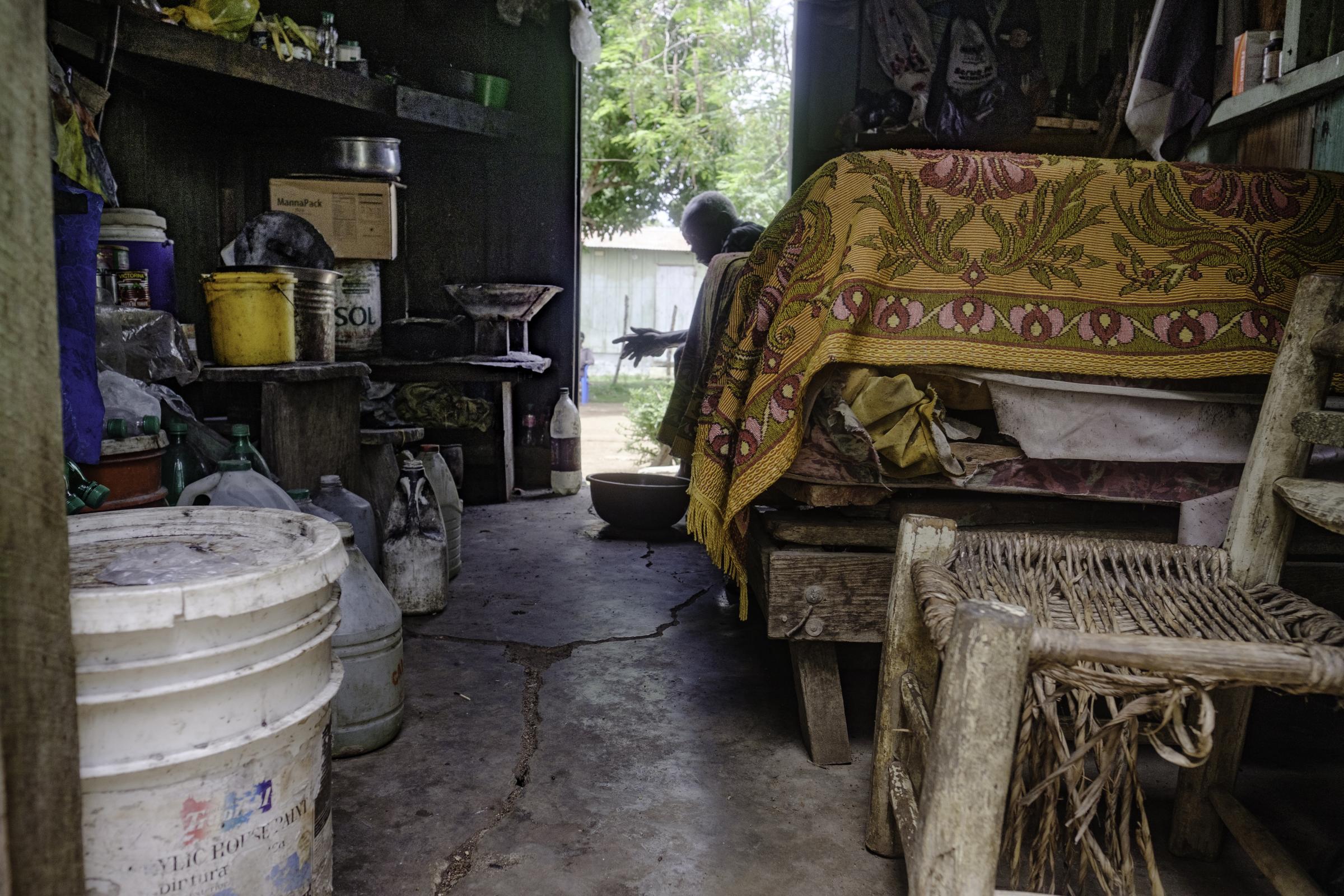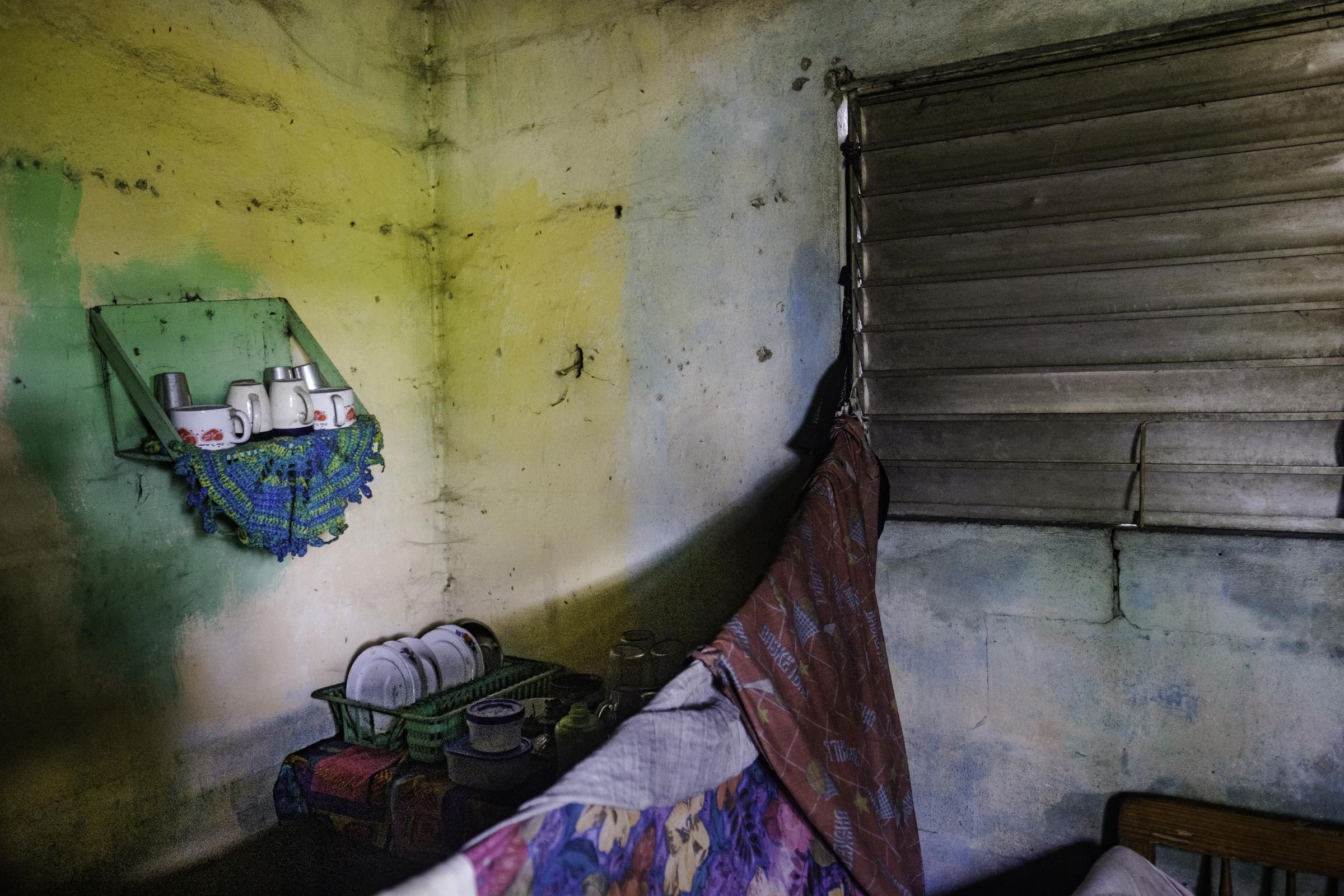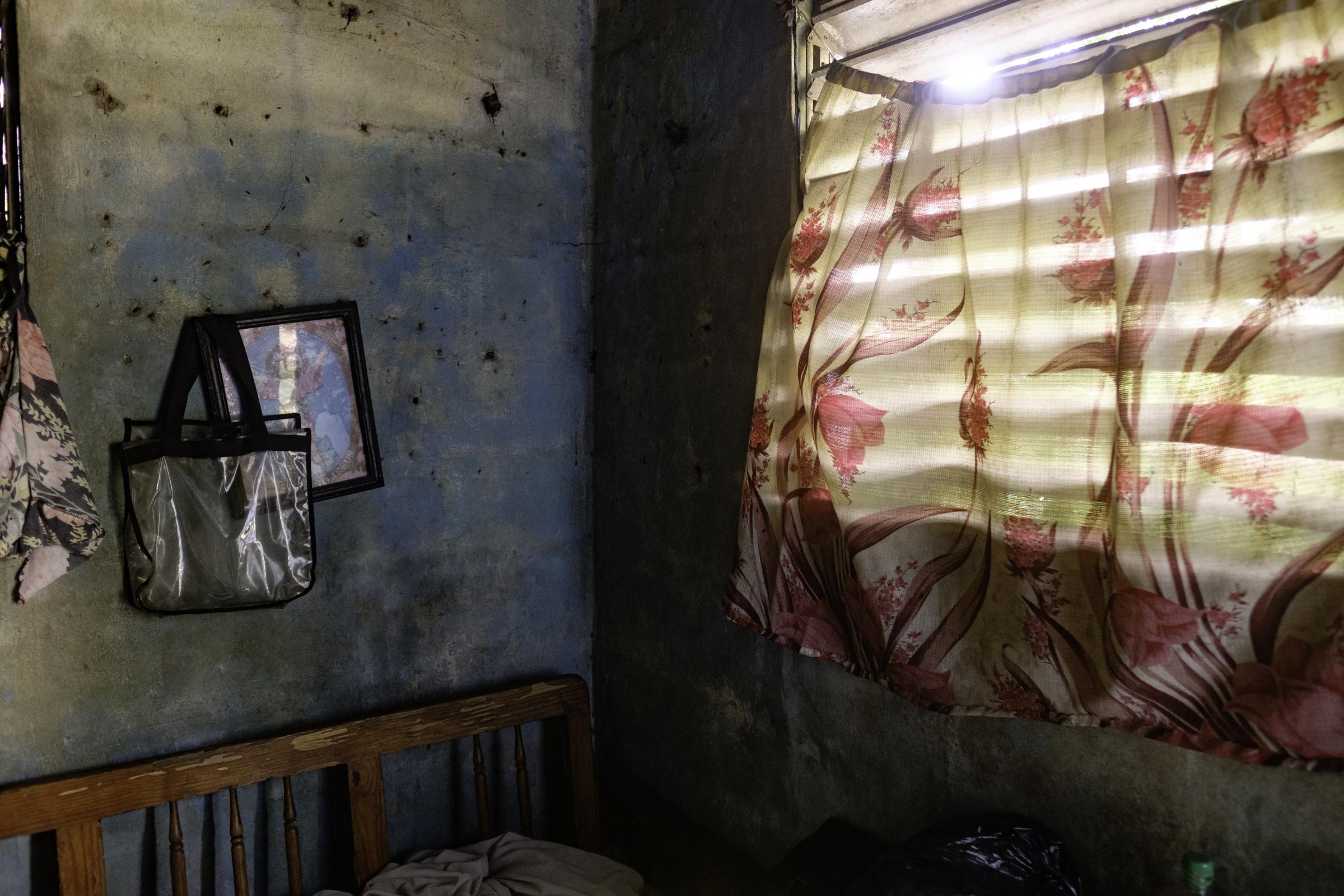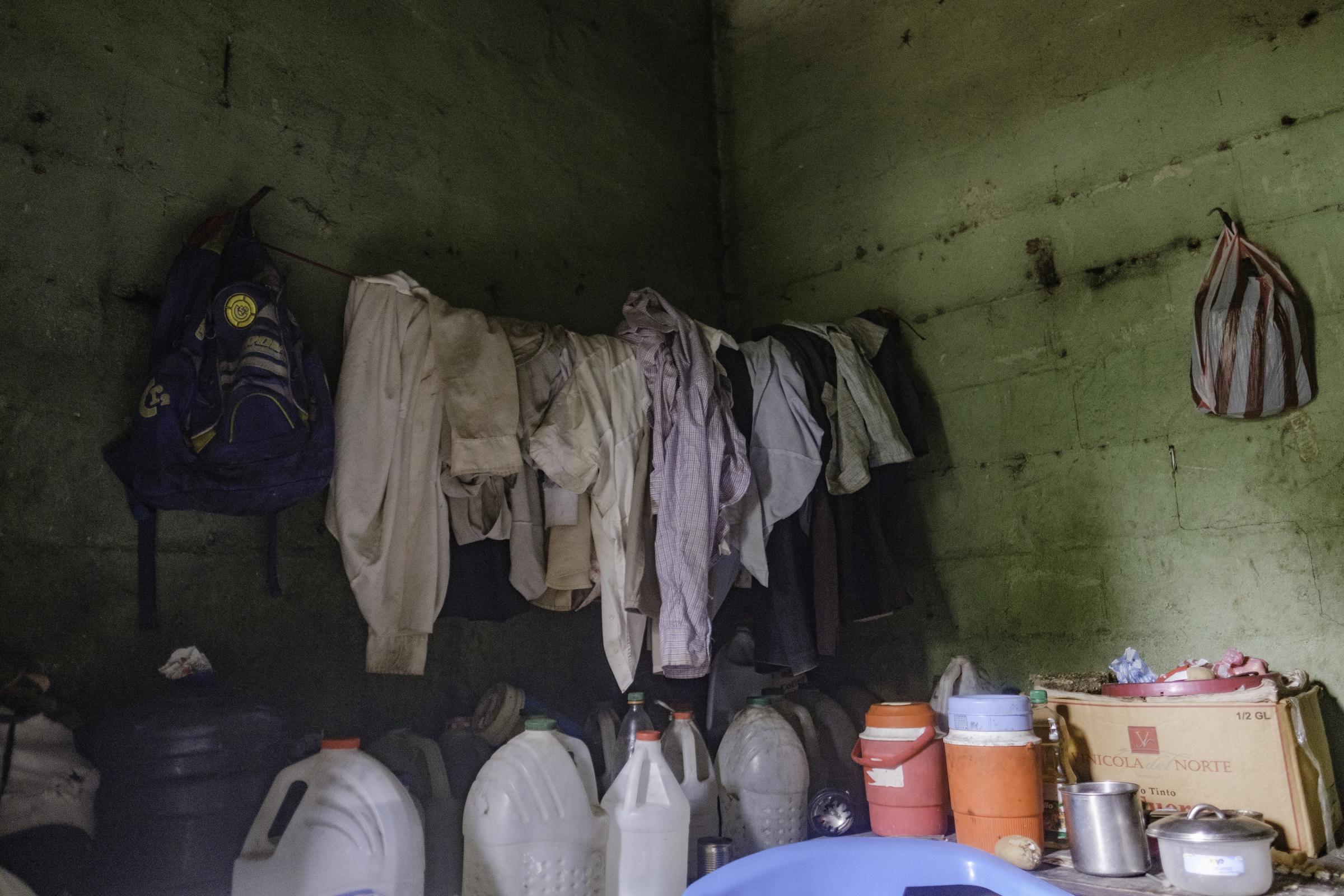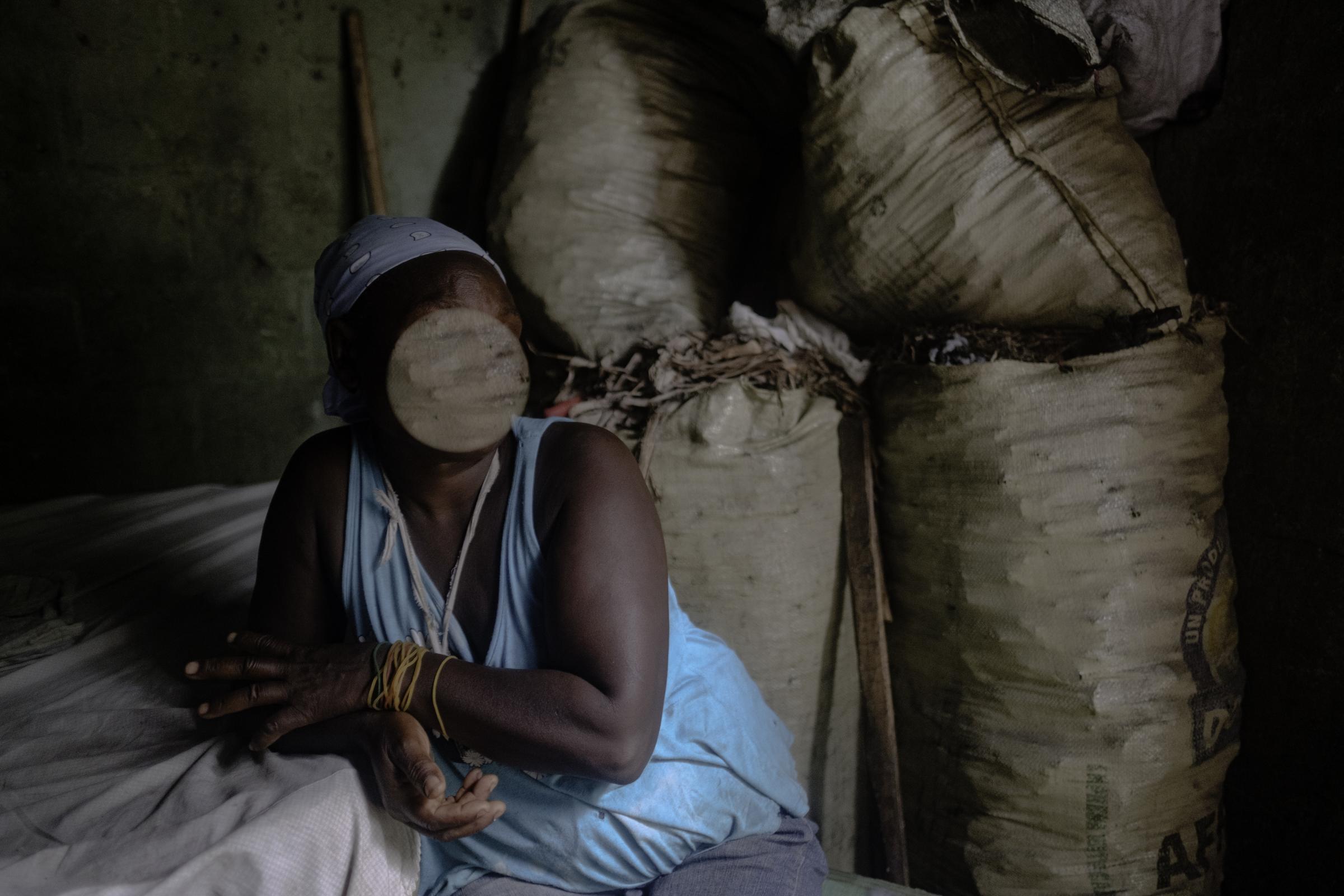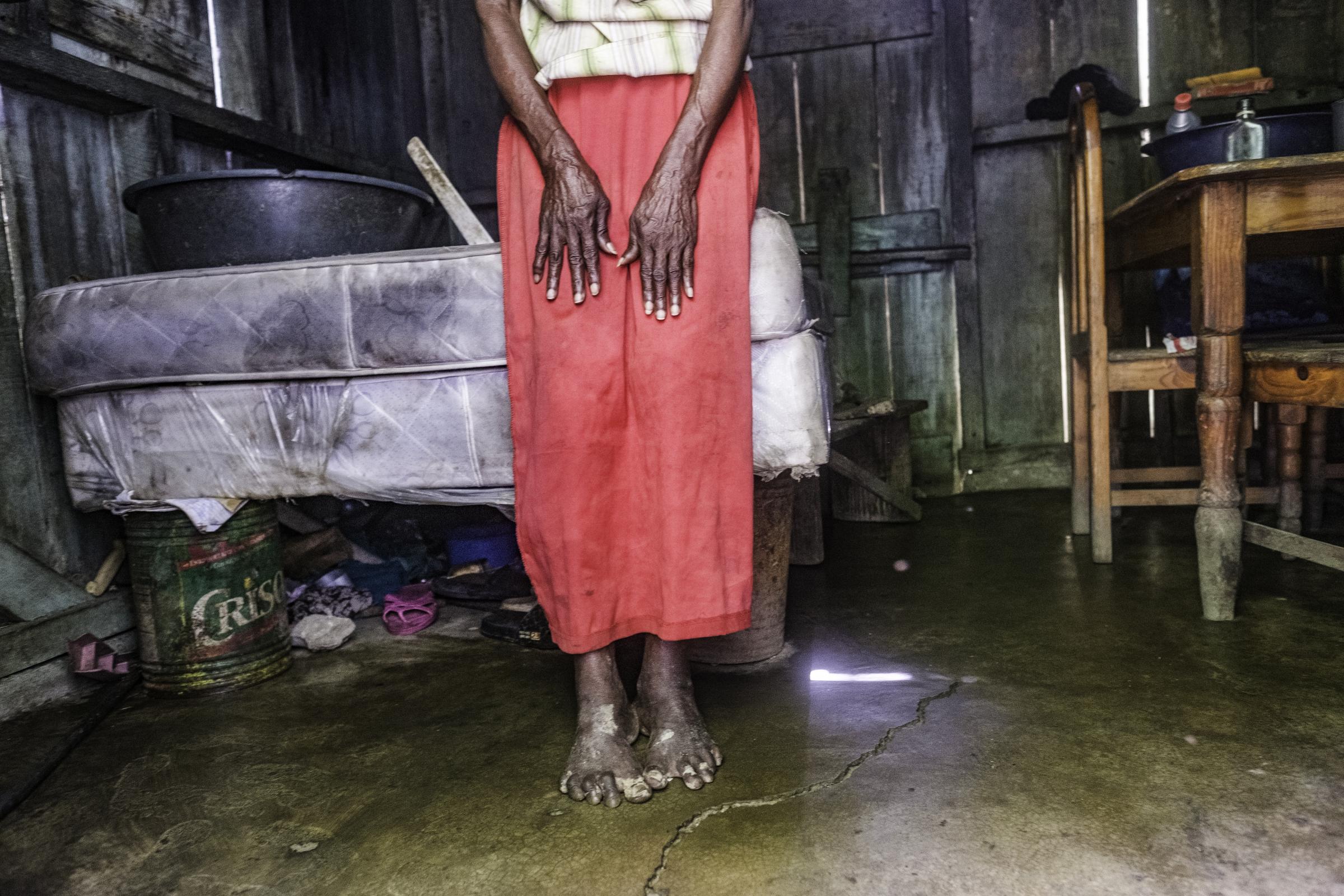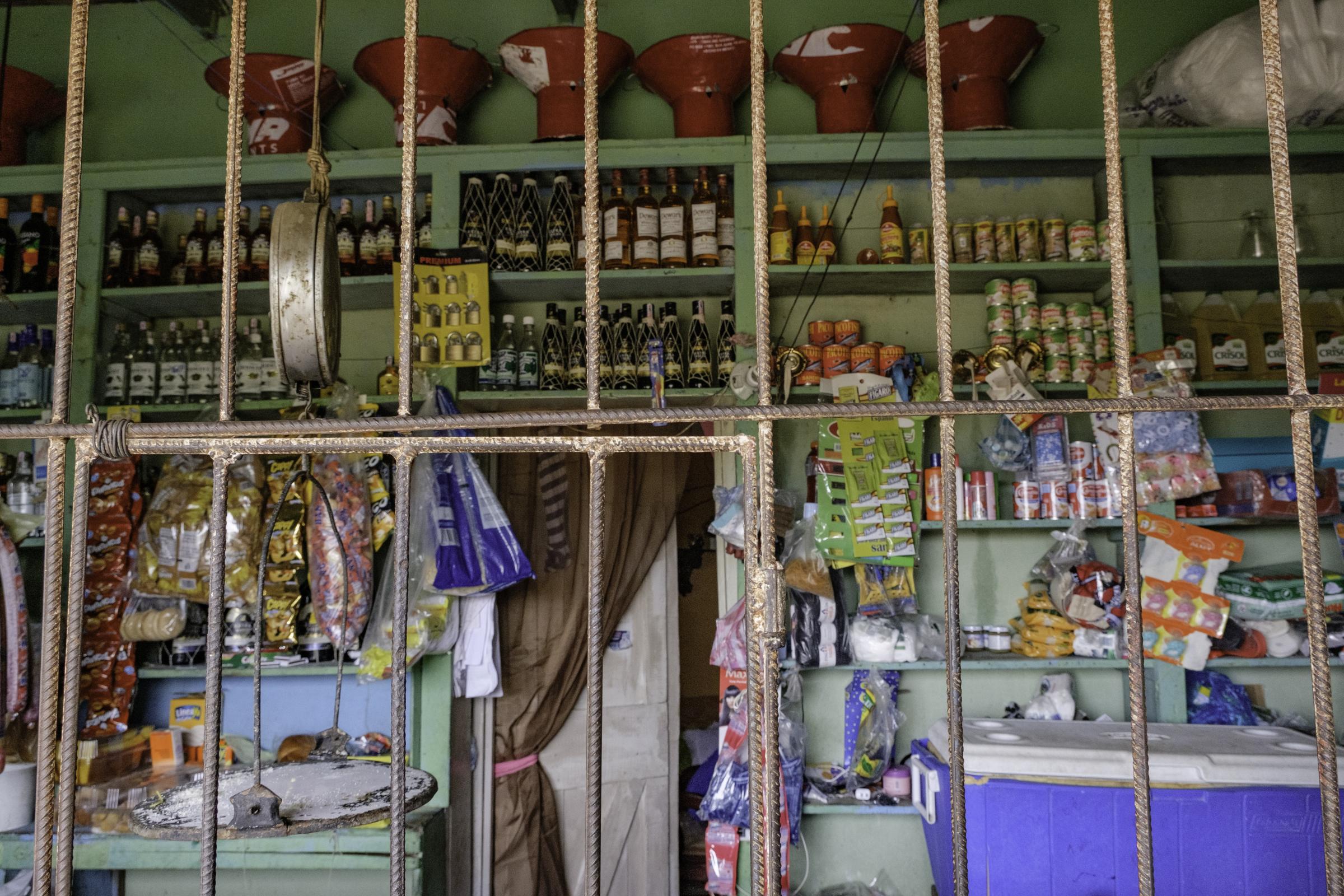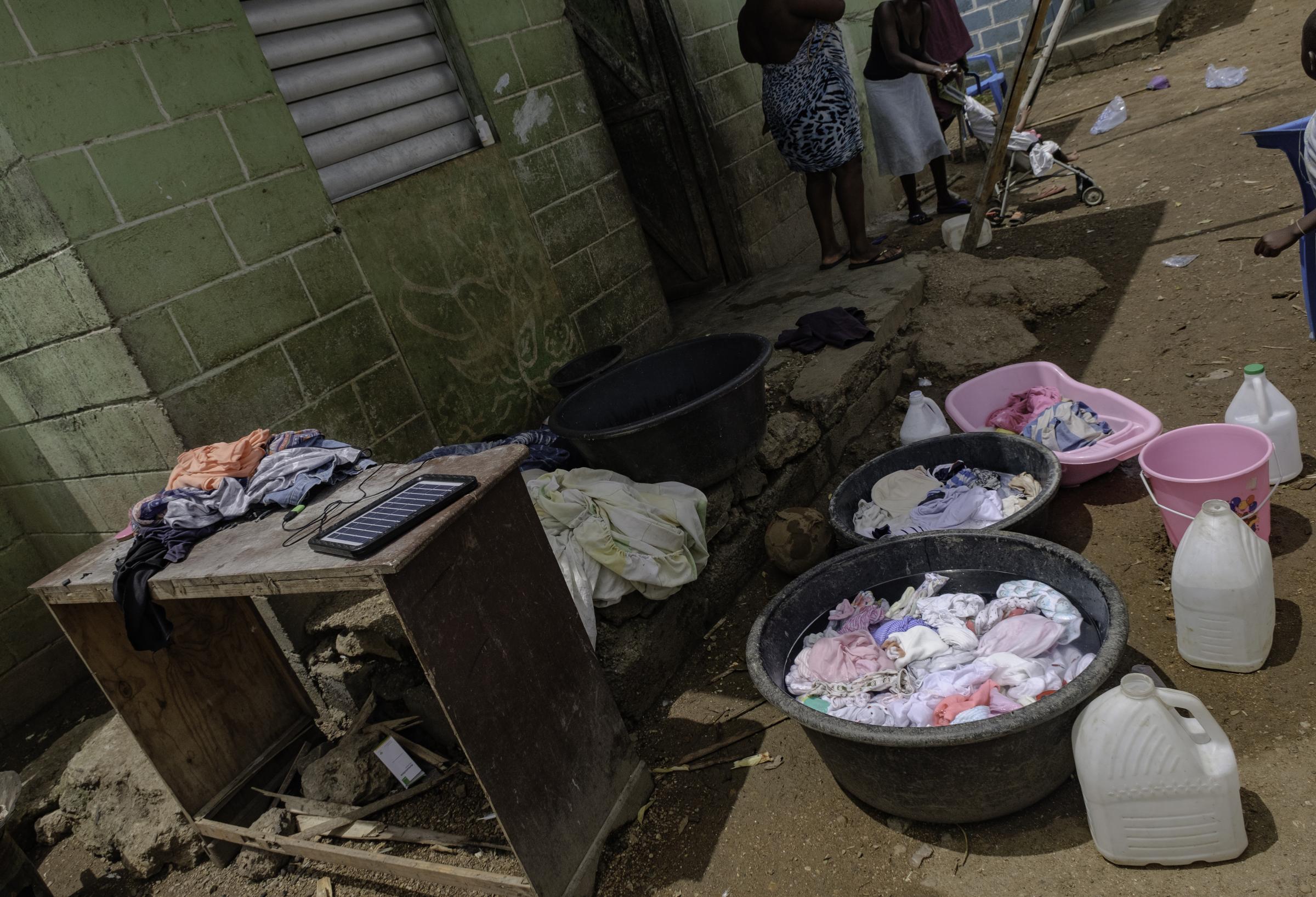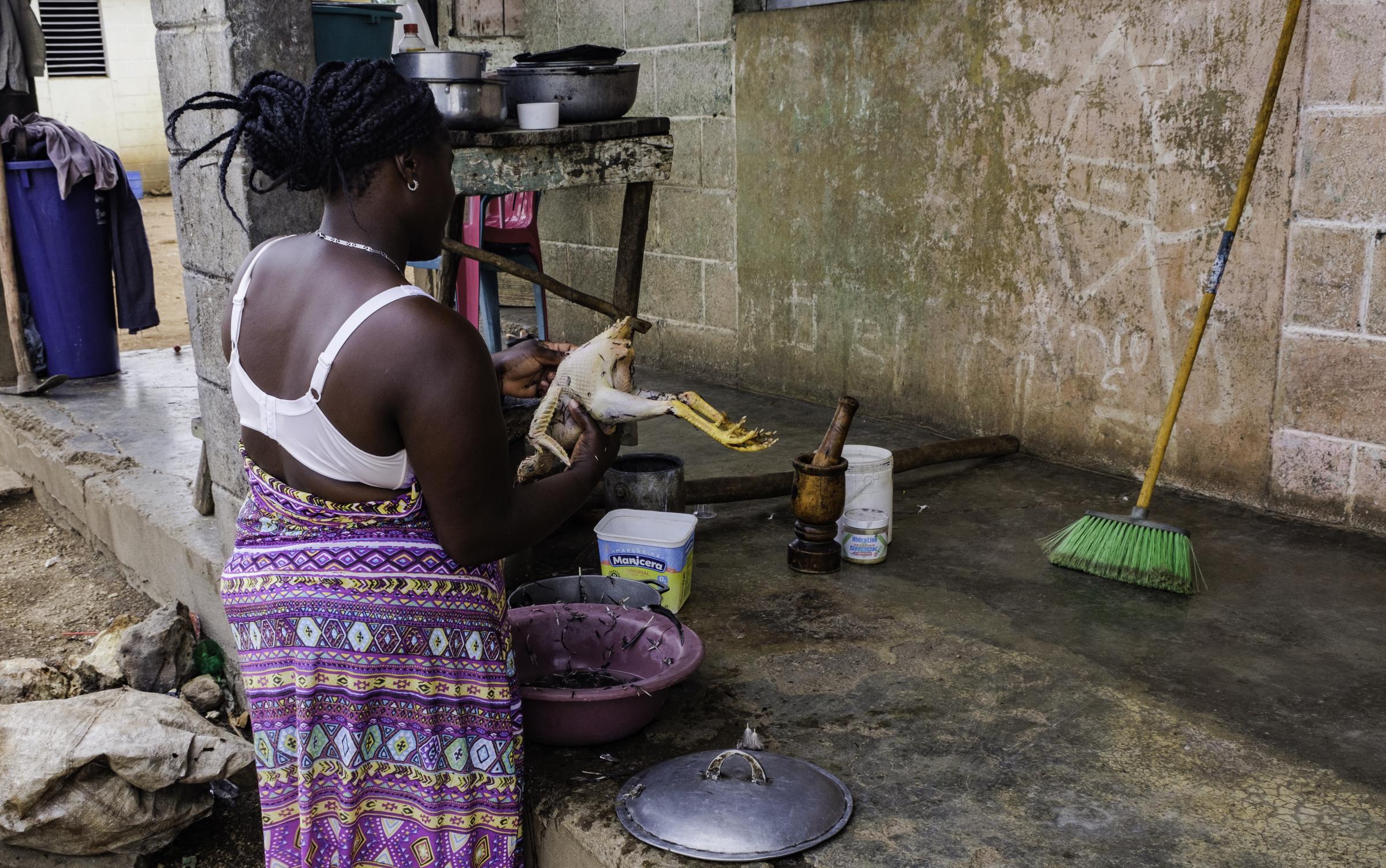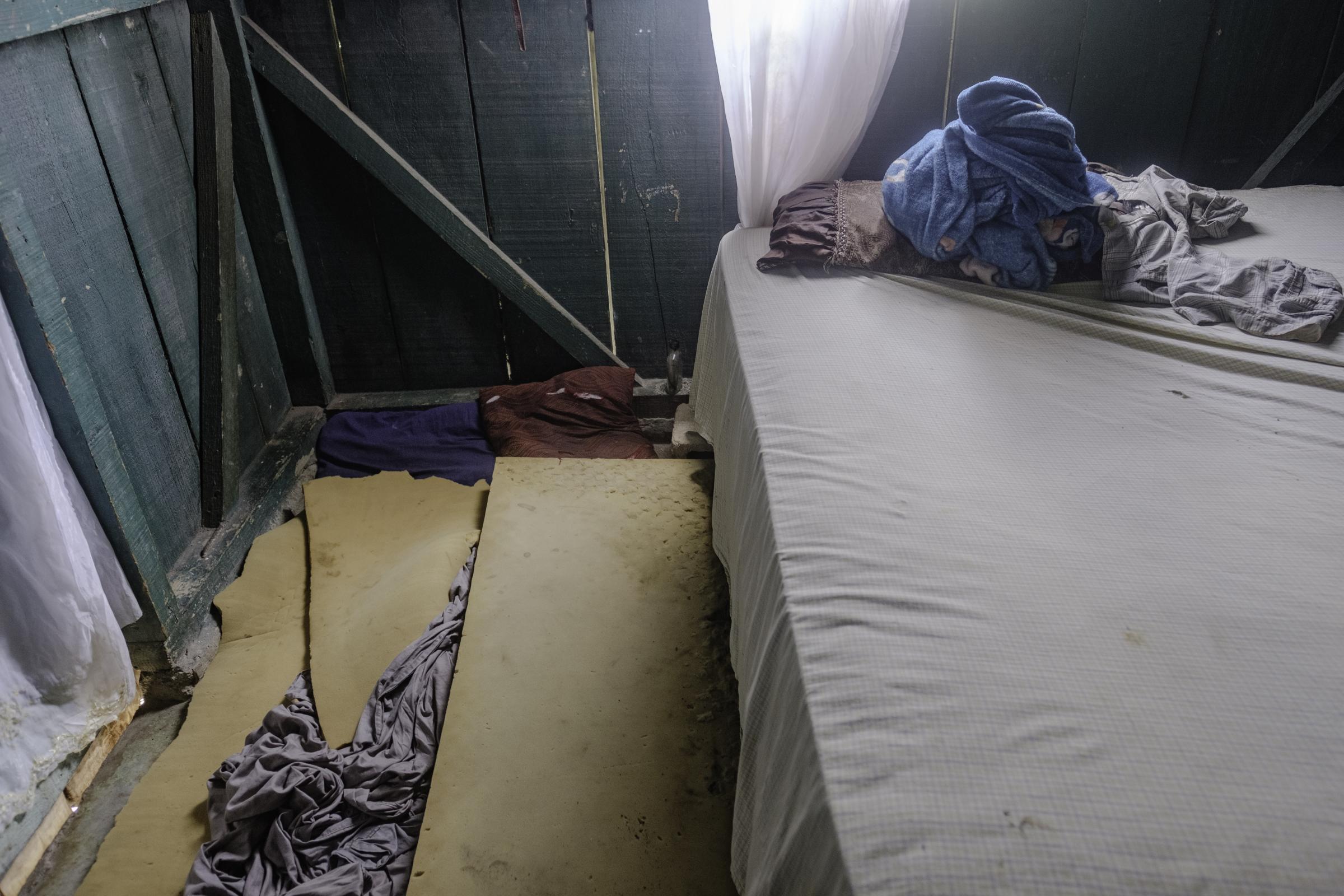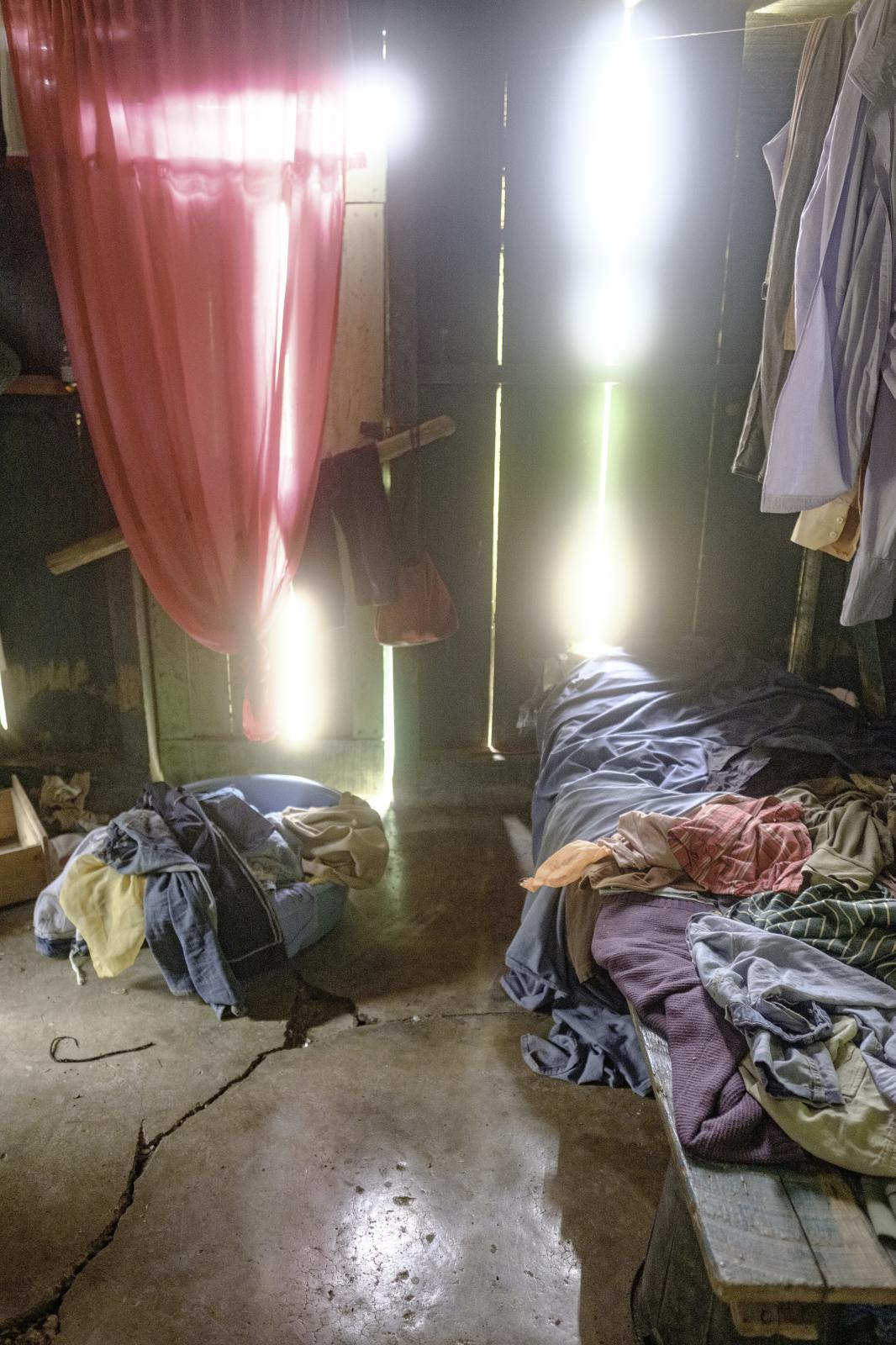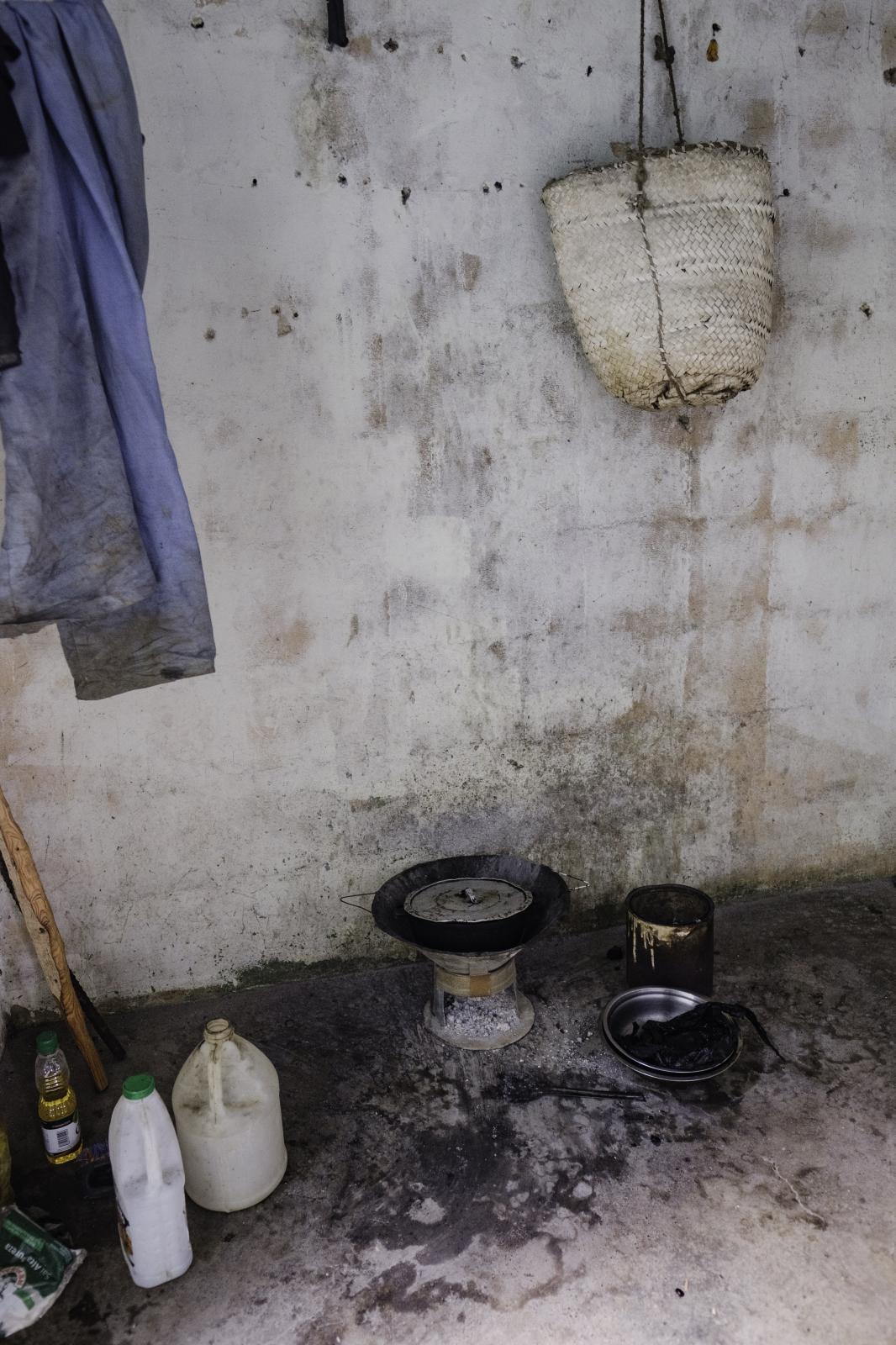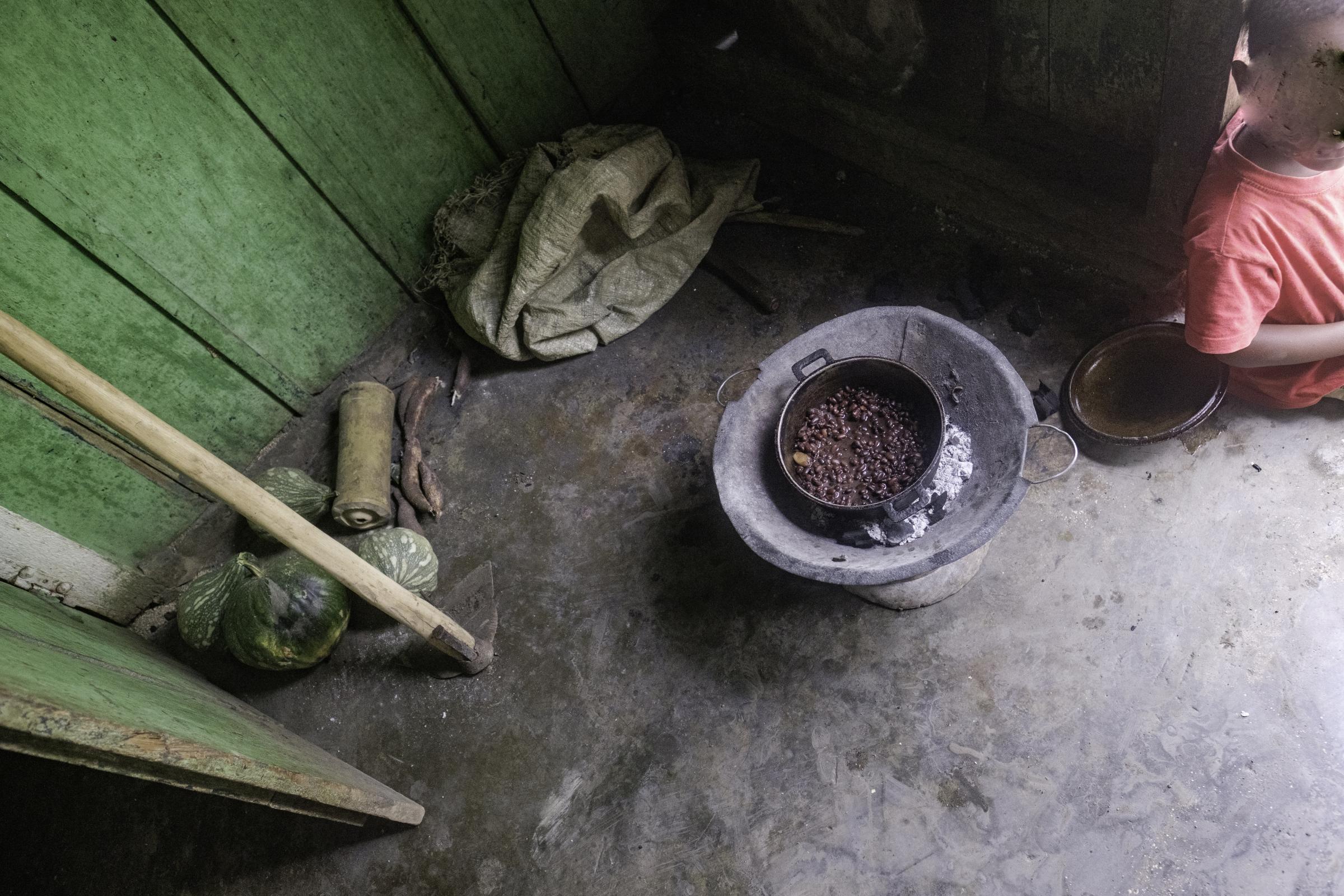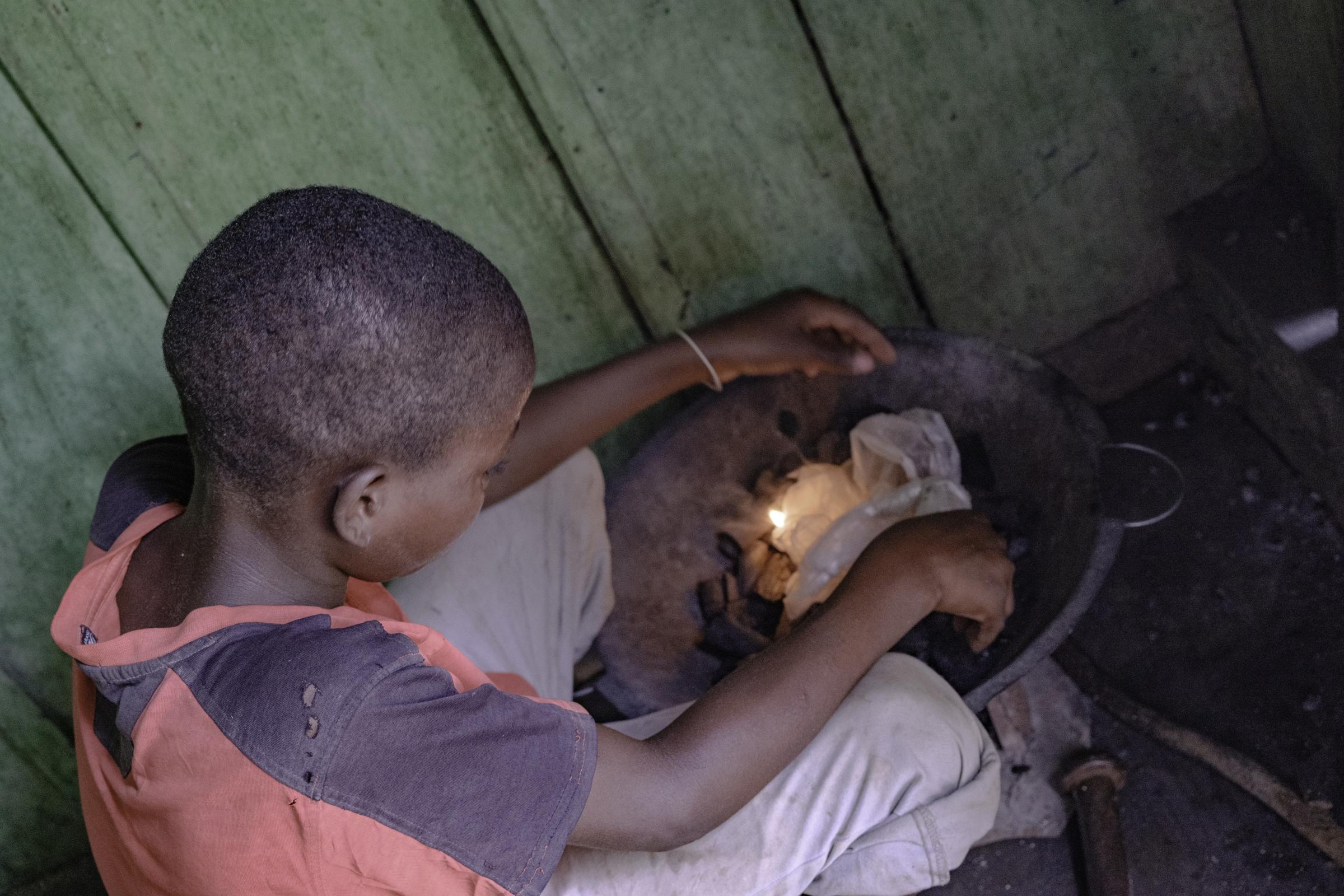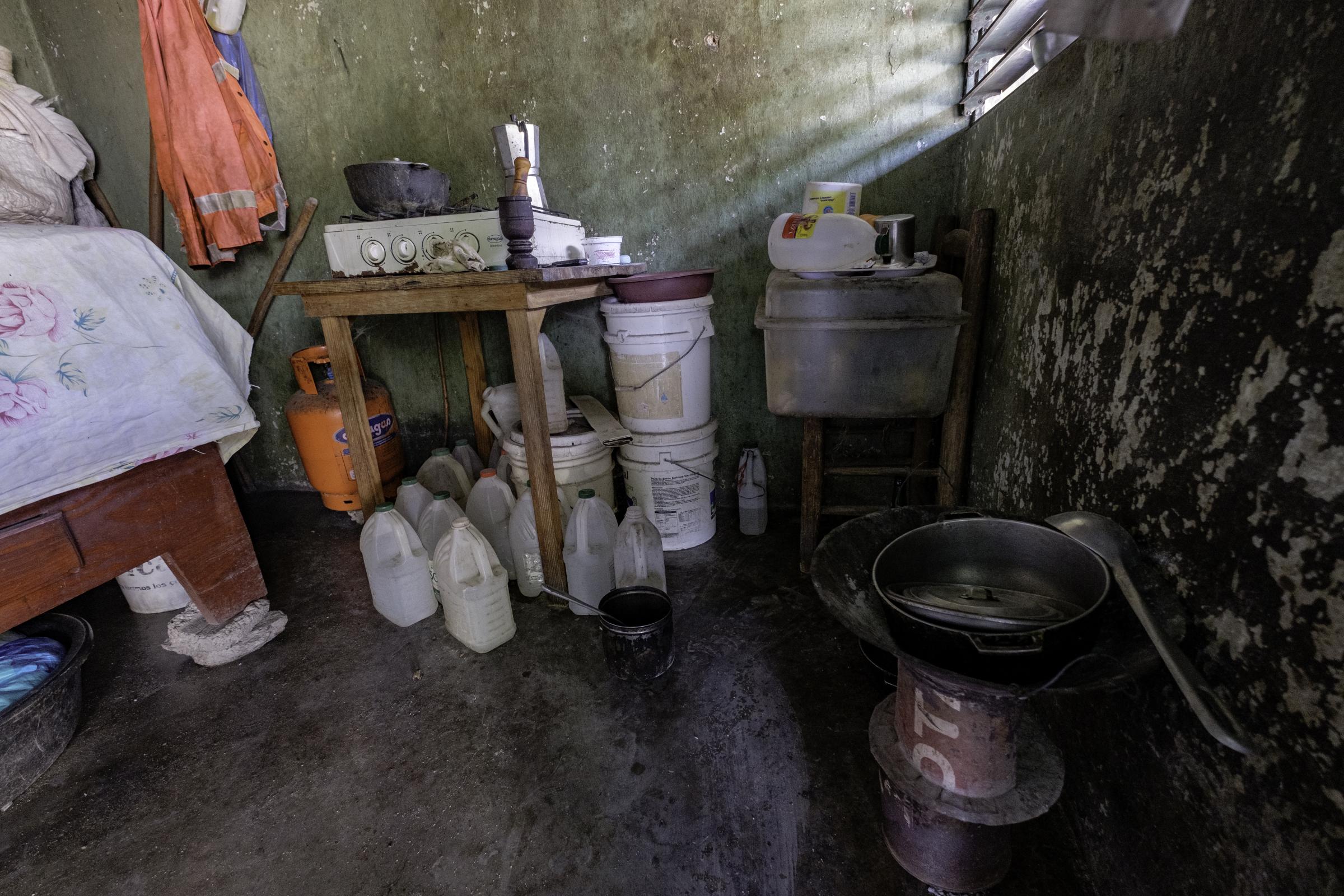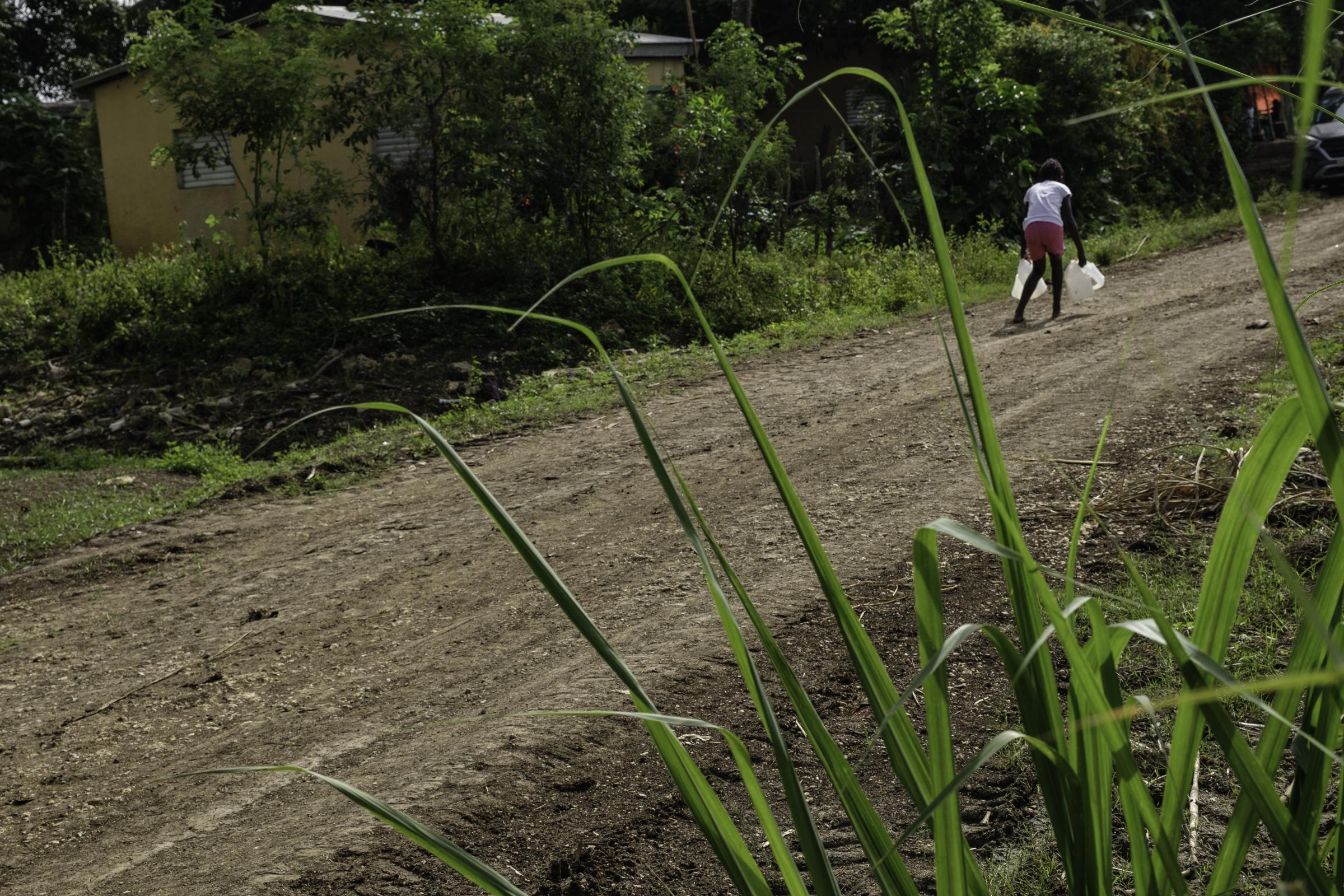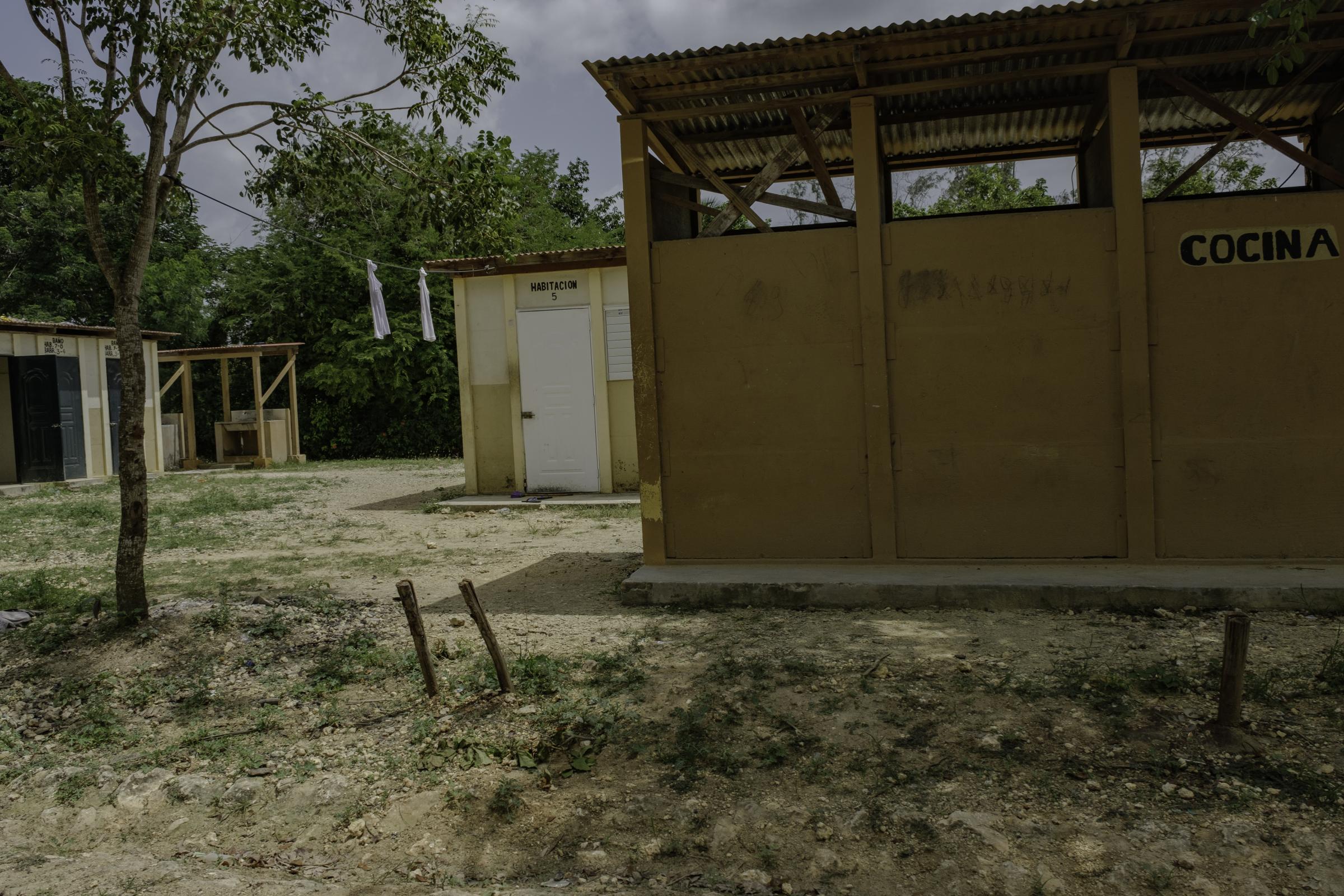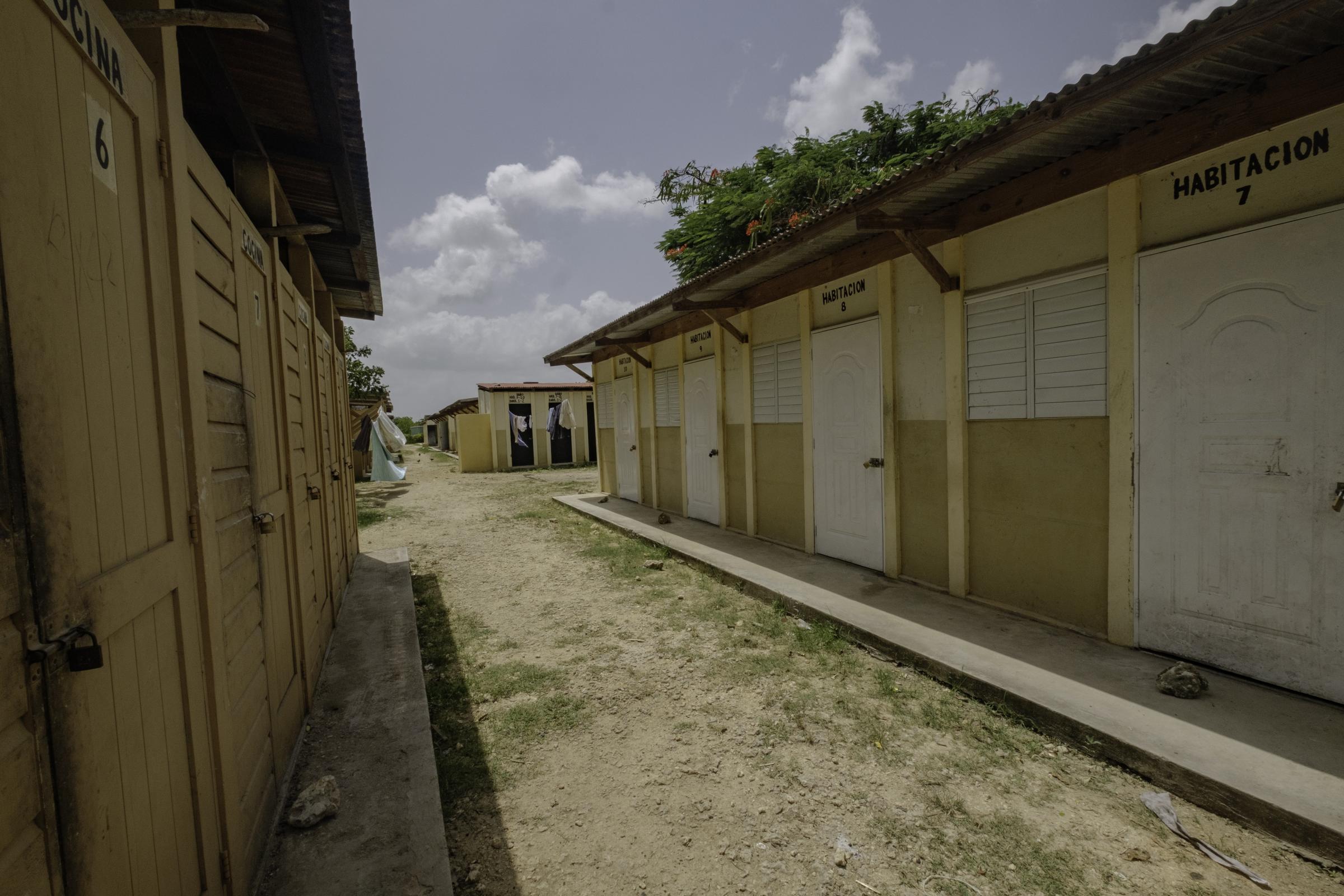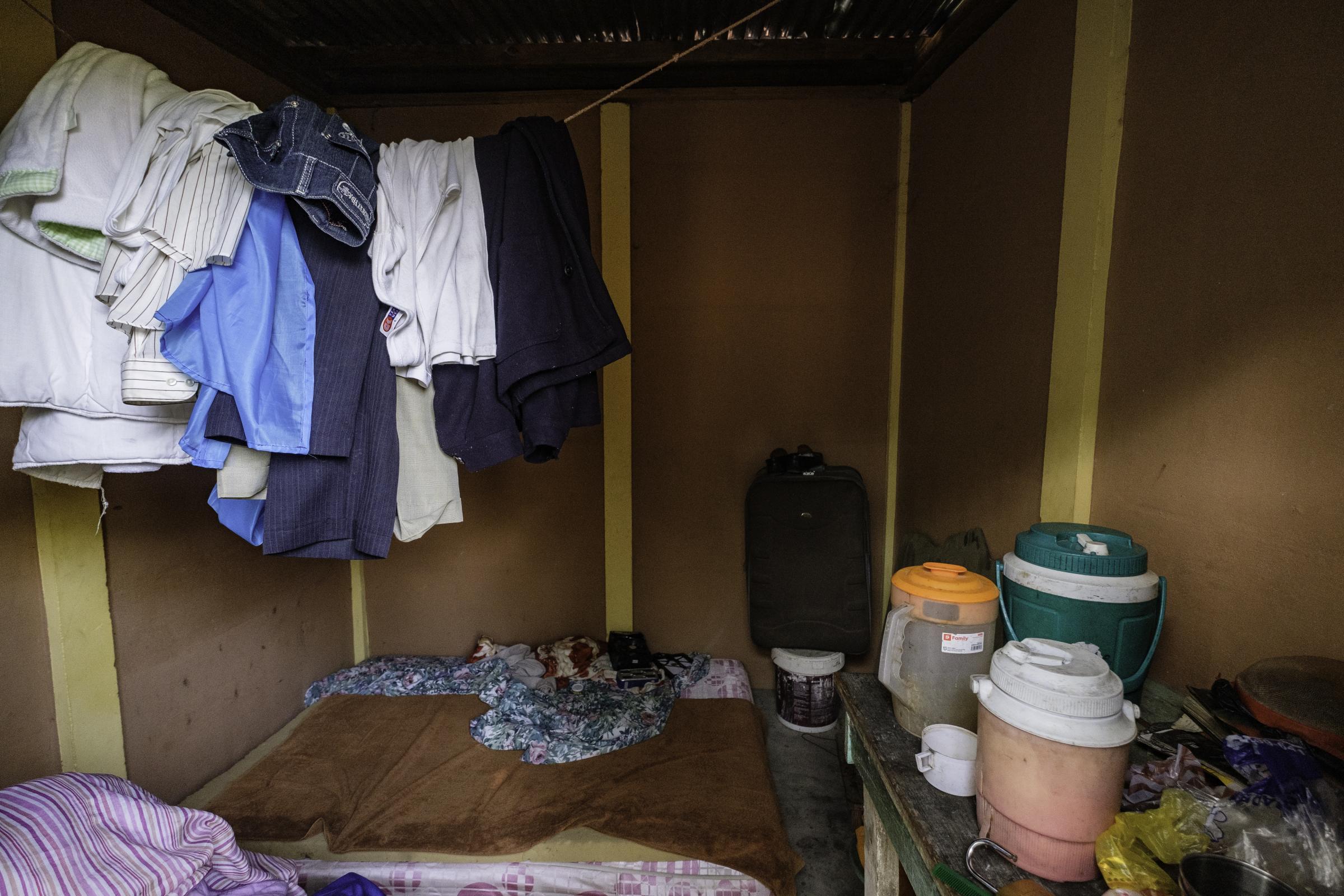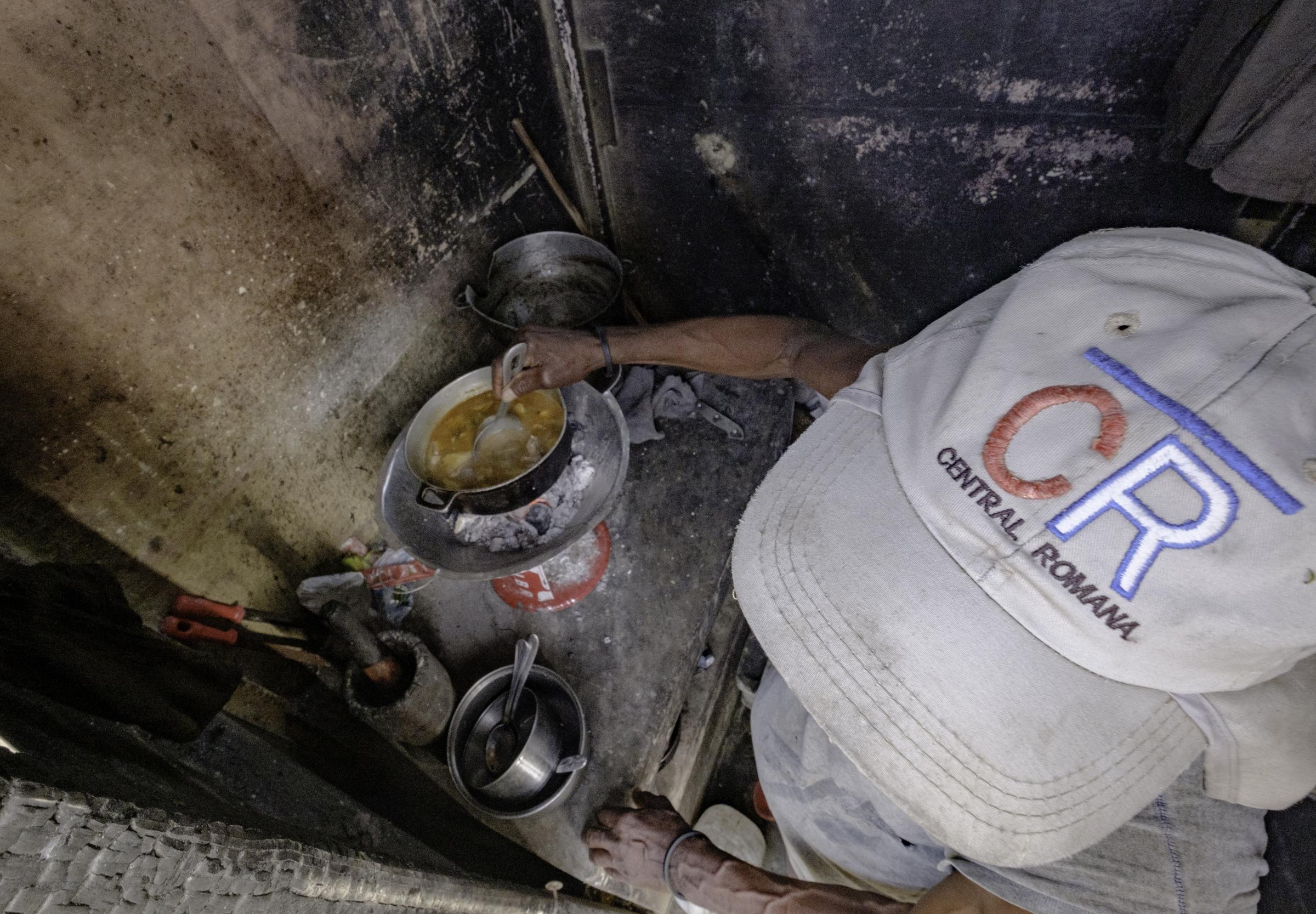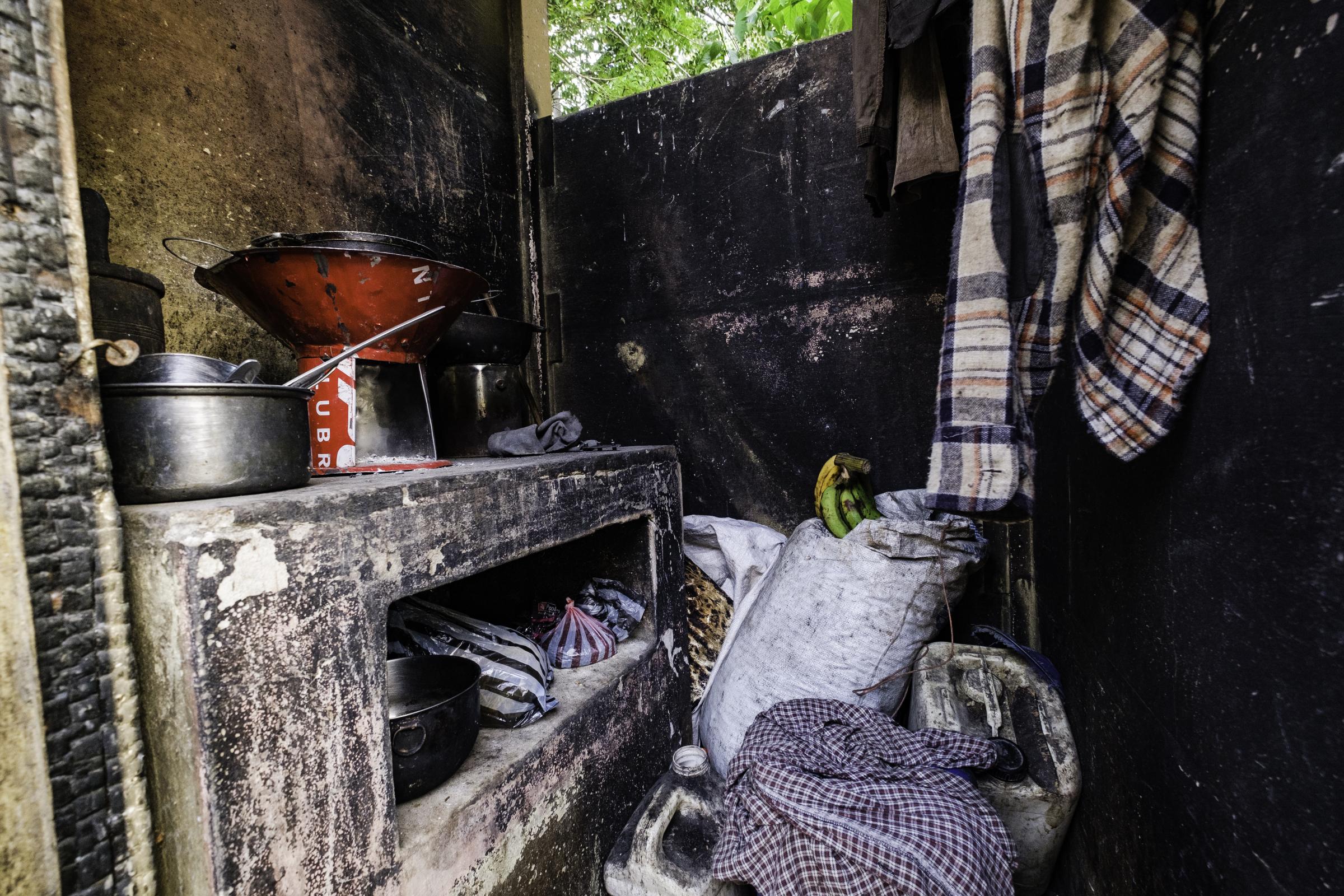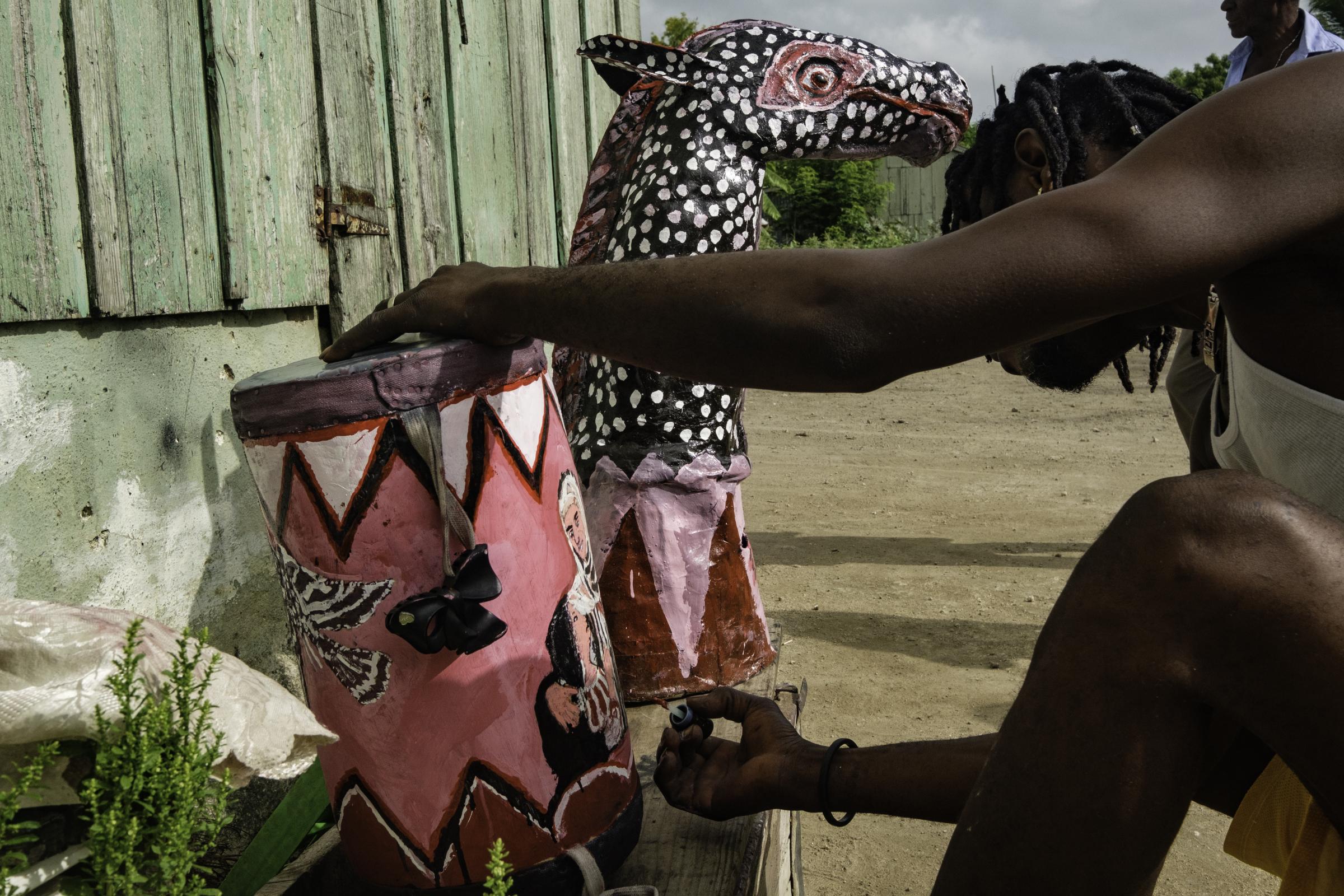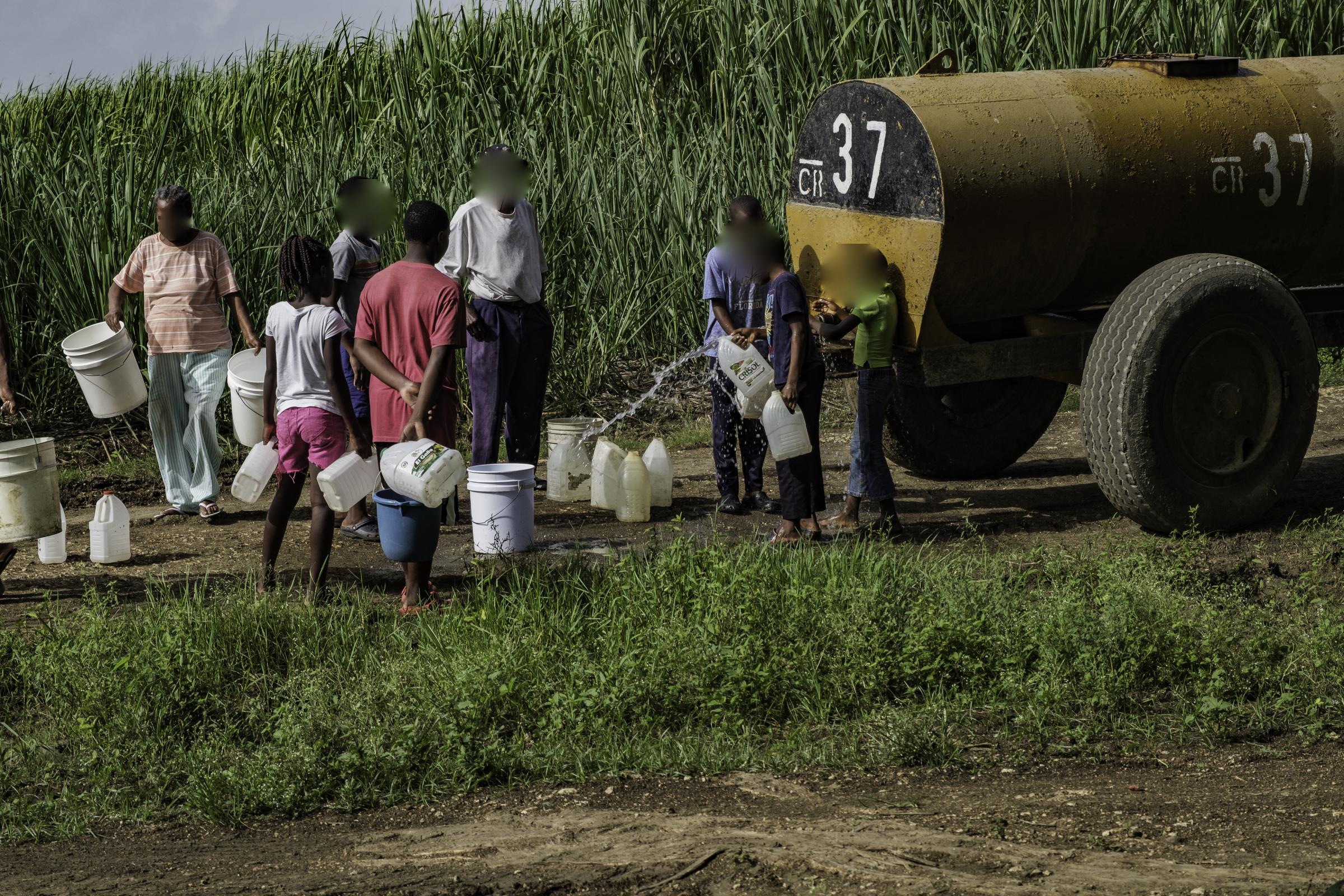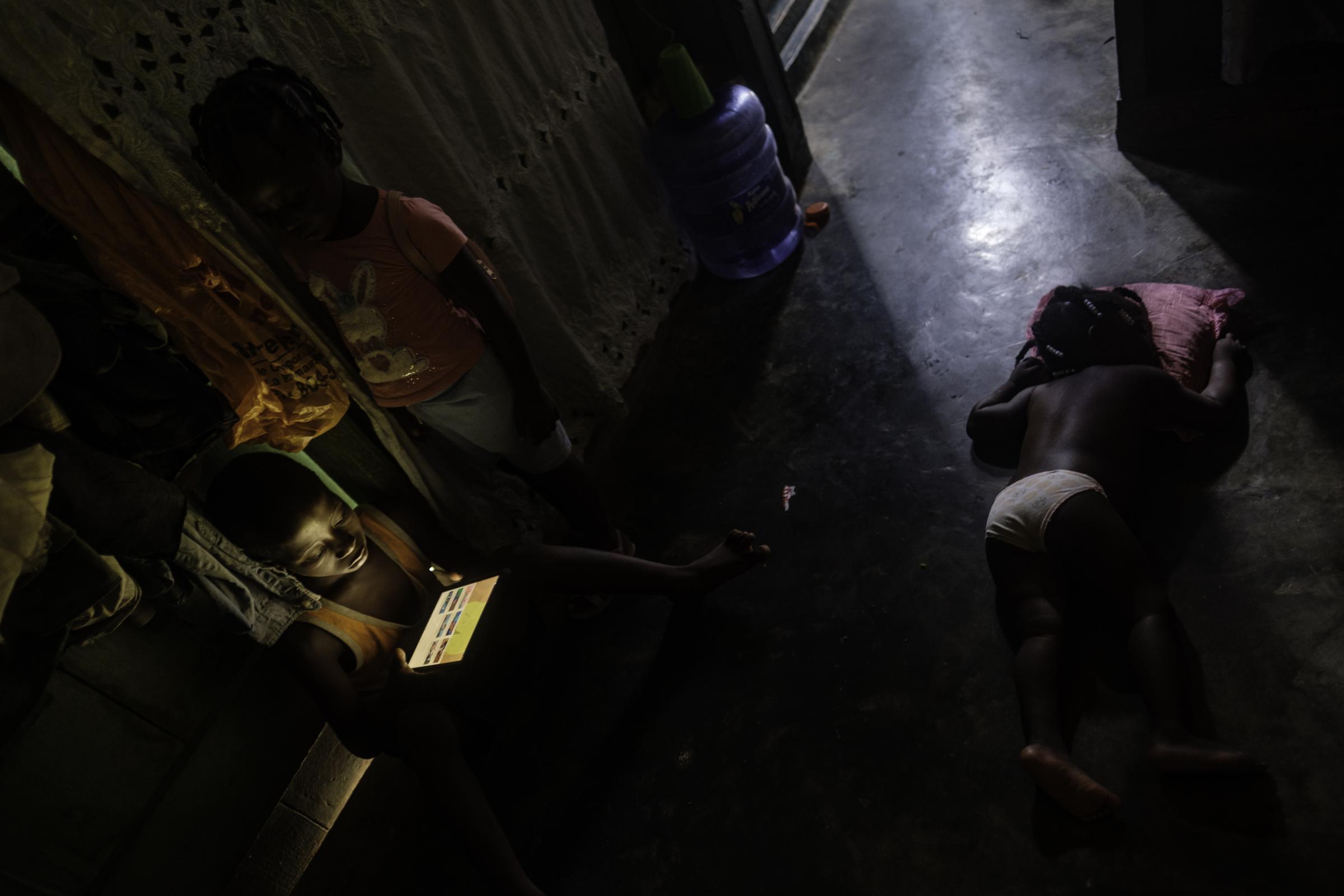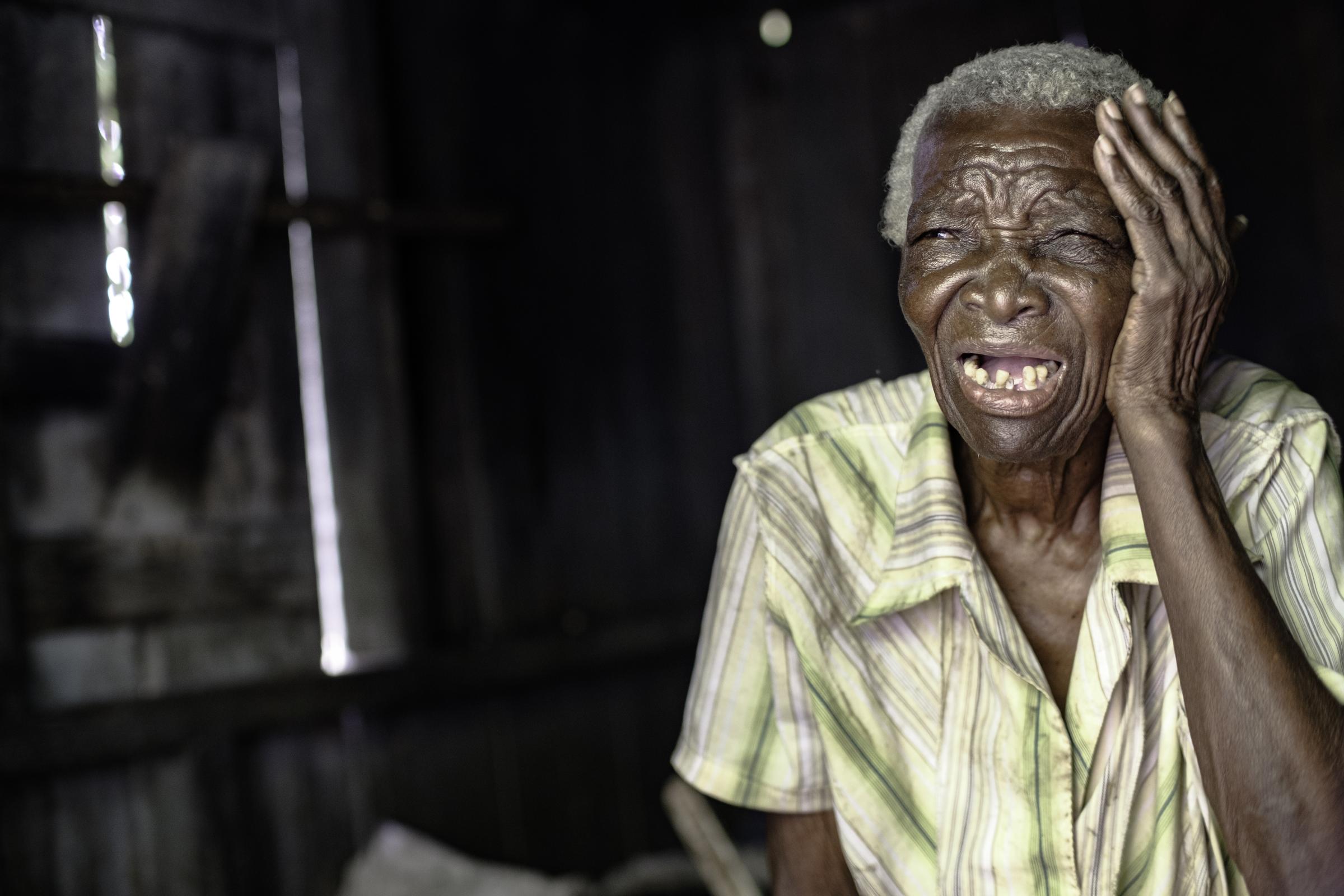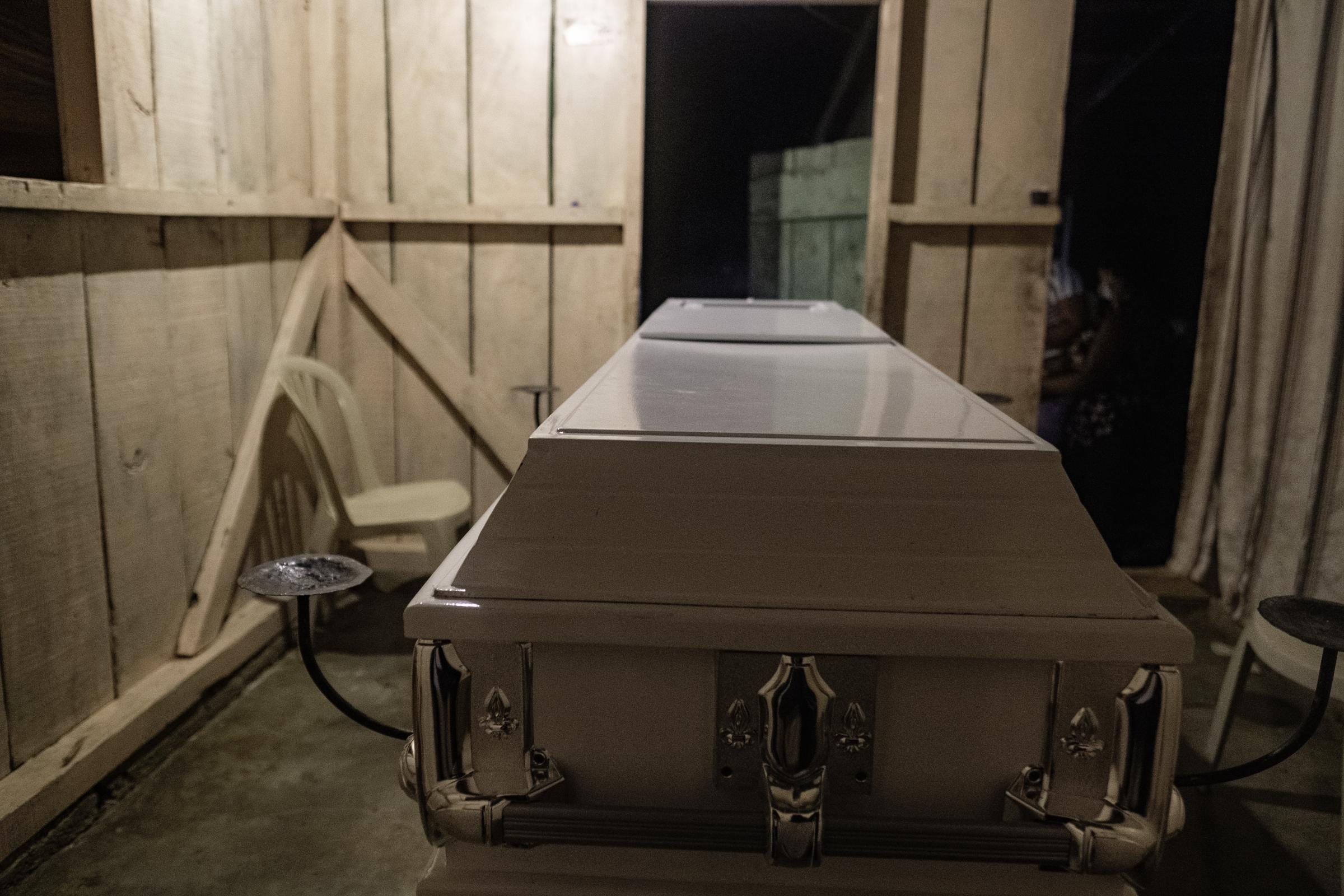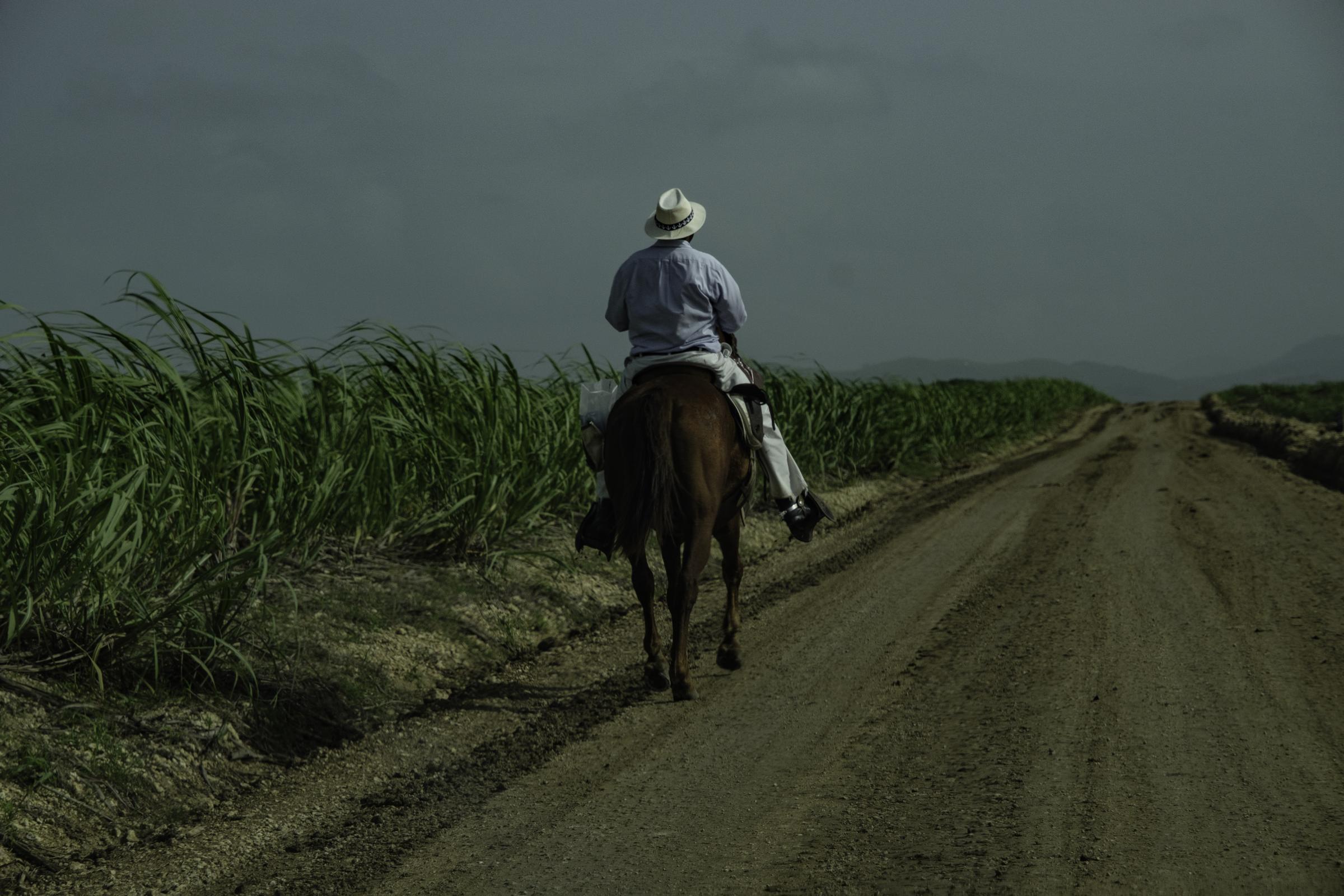Workers at Central Romana. Poor, dispossessed, exploited and countryless.
Let truth be the prejudice.
W. Eugene Smith
Texto en castellano al final.
Photography means social commitment. Commitment to the people, their environments, and the society in which we live. A commitment I apply to every project I do. I was commissioned last fall by Mother Jones magazine and Reveal News to photograph the bateyes (workers’ dwelling places around sugar cane fields) of Central Romana Corporation, owned by the Fanjul family.
Recently U.S. Customs and Border Protection issued a ban on raw sugar and sugar-based products produced in the Dominican Republic by the owners of Domino Sugar as well as Hershey’s main shareholders.
This ban couldn’t be at a worse time, since the Dominican Government is increasing the return of illegal immigrants to their country of origin: Haiti. As a result, the media, social networks and lots of people are speaking again of US interference in our country. It may be said that this is true, but this does not take away the deplorable and shameful living conditions of Haitian workers that you can see in these images.
The U.S. Customs and Border Protection report (link provided at the bottom of this article) states that DR sugar cane field working conditions have been studied since 2011. I wonder why, if these complaints are more than a decade old, the living conditions of these people have not improved.
Under CAFTA-DR Article 16.2.1, the Dominican Republic Government is compelled not to "fail to effectively enforce its labor laws, through a sustained or recurring course of action or inaction, in a manner affecting trade between the Parties."
According to the Mother Jones and Reveal News articles from January 2022 (link below), 15 Democratic lawmakers referenced this investigation in calling on three federal agencies, including U.S. Customs and Border Protection, to address "slavery-like" conditions in the Dominican sugar industry. Their letter urged the agencies to review the alleged violations and consider the Biden administration's policy options, including banning any products produced by forced labor.
Workers’ living conditions belong to extreme poverty. Most houses, which range from wood and cement floors, don’t have electricity; the water supply is a communal tap or a tank left by a tractor on the road. Everybody cooks with charcoal, which makes me wonder where it comes from and who produces it. I am talking about deforestation here, but that is another topic. Photography only focuses on what can be seen, but I don't know how to transmit to the observer the smell of sweat, smoke, humidity, and food in every house, due to poor ventilation and cramped space.
Children sleep on pieces of foam quilt. I never saw a closet, only ropes tied in the corners to hang belongings; candles are used for light at night. Thanks to technology, many charges their cell phones with small solar panels. Food is cooked on tin stoves, made locally from old cans.
Many of the workers complained about not being able to grow vegetables, a forbidden practice by the Corporation. This leaves them exposed to the high prices of retailers.
I don’t show people because the Corporation has an unwritten rule on not talking to journalists, and not appearing in front of cameras. It makes me wonder if the Dominican Republic has a law regarding the free association of people. Maybe the right word is citizen, but some of them are not. Those who engage with “foreigners” outside the company are marked or expelled.
I met 30-year-old people who were born in Central Romana’s bateyes with no possibility of improvement at all. Some dare and manage to go out to work in the informal sector of La Romana, but they are the few.
DR naturalization laws do not recognize as citizens or legal immigrants people born in the country from parents that are not legal in the country, as a result, those born in the bateyes are not a citizen of this country. This allows law regarding allows Central Romana what is called in sociology a "reserve army proletarians", which guarantees cheap and easy labor for the corporation because the only way to have a livelihood is inside the corporation’s limits. Even worse is the case of women, whose future is to get married, cook, give birth, and wash clothes. I met a woman who had lived in the CR for more than 20 years whose husband died in an accident -not related to the CR - and they expelled her from the property. She washes clothes and does small jobs in the vicinity. Interestingly, I talked to some people who worked when CR belonged to Gulf and Western (US company), and they all told me life was much better then.
I have documented Guatemalans living and working in the Poza Rica refugee camps in Mexico between 1990 and 1992. Then, in 2010 and 2011, I visited the Northwest Line bateyes. I never saw that kind of misery, maybe compared to the cotton pickers' houses that I visited in India in 2006; but here there was a glimpse of hope or a possible future. In Central Romana’s bateyes, could not see that.
Links:
https://revealnews.org/article/us-bans-sugar-imports-dominican-republic-producer/
https://revealnews.org/podcast/the-bitter-work-behind-sugar/
https://www.motherjones.com/politics/2021/12/central-romana-sugar-hoyo-de-puerco-demolished/
https://www.motherjones.com/politics/2021/09/sugar-central-romana-fanjul-dominican-republic/
https://www.washingtonpost.com/business/interactive/2021/central-romana-tax-haven-south-dakota/
https://jacobin.com/2021/10/haitian-dominican-republic-sugarcane-immigration-poverty-rights
Below is: THE PUBLIC REPORT OF REVIEW OF U.S. SUBMISSION 2011-03 (DOMINICAN REPUBLIC
https://www.dol.gov/sites/dolgov/files/ILAB/legacy/files/20130926DR.pdf
https://theintercept.com/2022/10/14/dominican-sugar-central-romana-fanjul-domino/Trabajadores del Central Romana. Pobres, desposeídos, explotados y sin patria.
Que la verdad sea el prejuicio.
W. Eugene Smith
La fotografía significa compromiso social. Compromiso con las personas, sus entornos y la sociedad en la que vivimos. Un compromiso que aplico a cada proyecto que hago. La revista Mother Jones y Reveal News me encargaron el otoño pasado que fotografiara los bateyes (viviendas de los trabajadores en torno a los campos de caña de azúcar) de la Corporación Central Romana, propiedad de la familia Fanjul.
Recientemente, el Servicio de Aduanas y Protección de Fronteras de Estados Unidos emitió una prohibición sobre el azúcar en bruto y los productos a base de azúcar producidos en la República Dominicana (RD) por los propietarios de Domino Sugar, así como por los principales accionistas de Hershey.
Esta prohibición no podía llegar en peor momento, ya que el Gobierno dominicano está aumentando el retorno de inmigrantes ilegales a su país de origen: Haití. En consecuencia, los medios de comunicación, las redes sociales y muchas personas vuelven a hablar de la injerencia de Estados Unidos en nuestro país. Se puede decir que es cierto, pero eso no quita las deplorables y vergonzosas condiciones de vida de los trabajadores haitianos que se pueden ver en estas imágenes.
El informe de la Oficina de Aduanas y Protección Fronteriza de los Estados Unidos (enlace proporcionado al final de este artículo) afirma que las condiciones de trabajo en los campos de caña de azúcar de la RD han sido estudiadas desde 2011. Me pregunto por qué, si estas quejas tienen más de una década, las condiciones de vida de estas personas no han mejorado.
Según el artículo 16.2.1 del CAFTA-DR, el Gobierno de la República Dominicana está obligado a no "dejar de aplicar efectivamente sus leyes laborales, mediante un curso de acción o inacción sostenido o recurrente, de manera que afecte el comercio entre las Partes."
Según los artículos de Mother Jones y Reveal News de enero de 2022 (enlace más abajo), 15 legisladores demócratas se refirieron a esta investigación al pedir a tres agencias federales, incluida la de Aduanas y Protección de Fronteras de Estados Unidos, que abordaran las condiciones "similares a la esclavitud" en la industria azucarera dominicana. Su carta instaba a las agencias a revisar las presuntas violaciones y a considerar las opciones políticas de la administración Biden, incluyendo la prohibición de cualquier producto producido por el trabajo forzado.
Las condiciones de vida de los trabajadores pertenecen a la pobreza extrema. La mayoría de las casas, que tienen suelos de madera y cemento, no tienen electricidad; el suministro de agua es un grifo comunal o un tanque dejado por un tractor en la carretera. Todo el mundo cocina con carbón vegetal, lo que me hace preguntarme de dónde viene y quién lo produce. Me refiero a la deforestación, pero ese es otro tema. La fotografía sólo se centra en lo que se puede ver, pero no sé cómo transmitir al observador el olor a sudor, a humo, a humedad y a comida que hay en cada casa, debido a la escasa ventilación y al espacio reducido.
Los niños duermen sobre trozos de colcha de espuma. Nunca vi un armario, sólo cuerdas atadas en las esquinas para colgar las pertenencias; se utilizan velas para alumbrar por la noche. Gracias a la tecnología, muchos cargan sus teléfonos móviles con pequeños paneles solares. La comida se cocina en cocinas de hojalata, fabricadas localmente con latas viejas.
Muchos de los trabajadores se quejan de no poder cultivar verduras o platanos, una práctica prohibida por la Corporación. Esto les deja expuestos a los altos precios de los comerciantes.
No muestro a la gente porque la Corporación tiene una norma no escrita de no hablar con los periodistas, y de no aparecer delante de las cámaras. Me hace preguntarme si la República Dominicana tiene una ley sobre la libre asociación de las personas. Tal vez la palabra correcta sea ciudadano, pero algunos no lo son. Los que se relacionan con "extranjeros" fuera de la empresa son señalados o expulsados. Conocí a personas de 30 años que nacieron en los bateyes de Central Romana sin posibilidad de mejorar en absoluto. Algunos se atreven y logran salir a trabajar en el sector informal de La Romana, pero son los menos.
Las leyes de naturalización de RD no reconocen como ciudadanos o inmigrantes legales a las personas nacidas en el país de padres que no son legales en el país, por lo que los nacidos en los bateyes no son ciudadanos de este país. Esto permite que la ley permita al Central Romana lo que se llama en sociología un "ejército de reserva de proletarios", que garantiza mano de obra barata y fácil para la corporación porque la única forma de tener un sustento es dentro de los límites de la corporación. Peor aún es el caso de las mujeres, cuyo futuro es casarse, cocinar, dar a luz y lavar la ropa. Conocí a una mujer que llevaba más de 20 años viviendo en el CR cuyo marido murió en un accidente -no relacionado con el CR- y la expulsaron de la propiedad. Ella lava la ropa y hace pequeños trabajos en los alrededores. Curiosamente, hablé con algunas personas que trabajaban cuando el CR pertenecía a Gulf y Western (compañía de USA) y todos me dijeron que la vida era mucho mejor entonces.
He documentado a guatemaltecos que viven y no podían trabajar en los campos de refugiados de Poza Rica, en México, entre 1990 y 1992. Luego, en 2010 y 2011, visité los bateyes de la Línea Noroeste. Nunca había visto ese tipo de miseria, tal vez en comparación con las casas de los recolectores de algodón que visité en la India en 2006; pero aquí había un atisbo de esperanza o de un posible futuro. En los bateyes de Central Romana, no pude ver eso.
Enlaces:
https://revealnews.org/article/us-bans-sugar-imports-dominican-republic-producer/
https://revealnews.org/podcast/the-bitter-work-behind-sugar/
https://www.motherjones.com/politics/2021/12/central-romana-sugar-hoyo-de-puerco-demolished/
https://www.motherjones.com/politics/2021/09/sugar-central-romana-fanjul-dominican-republic/
https://www.washingtonpost.com/business/interactive/2021/central-romana-tax-haven-south-dakota/
https://jacobin.com/2021/10/haitian-dominican-republic-sugarcane-immigration-poverty-rights
Below is: THE PUBLIC REPORT OF REVIEW OF U.S. SUBMISSION 2011-03 (DOMINICAN REPUBLIC
https://www.dol.gov/sites/dolgov/files/ILAB/legacy/files/20130926DR.pdf
https://theintercept.com/2022/10/14/dominican-sugar-central-romana-fanjul-domino/